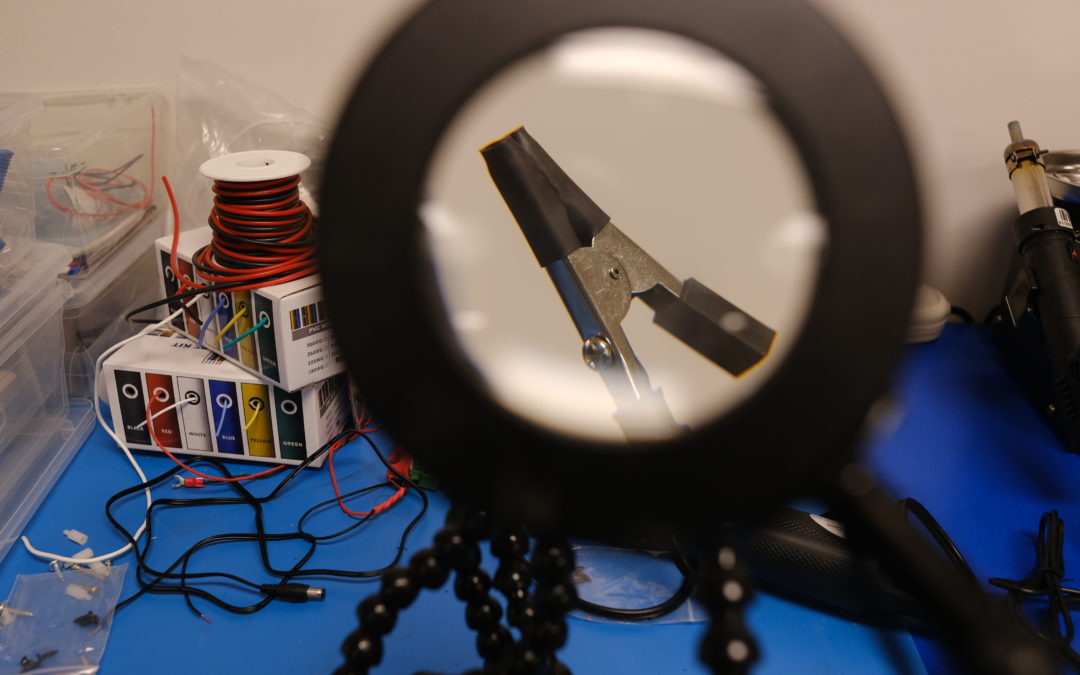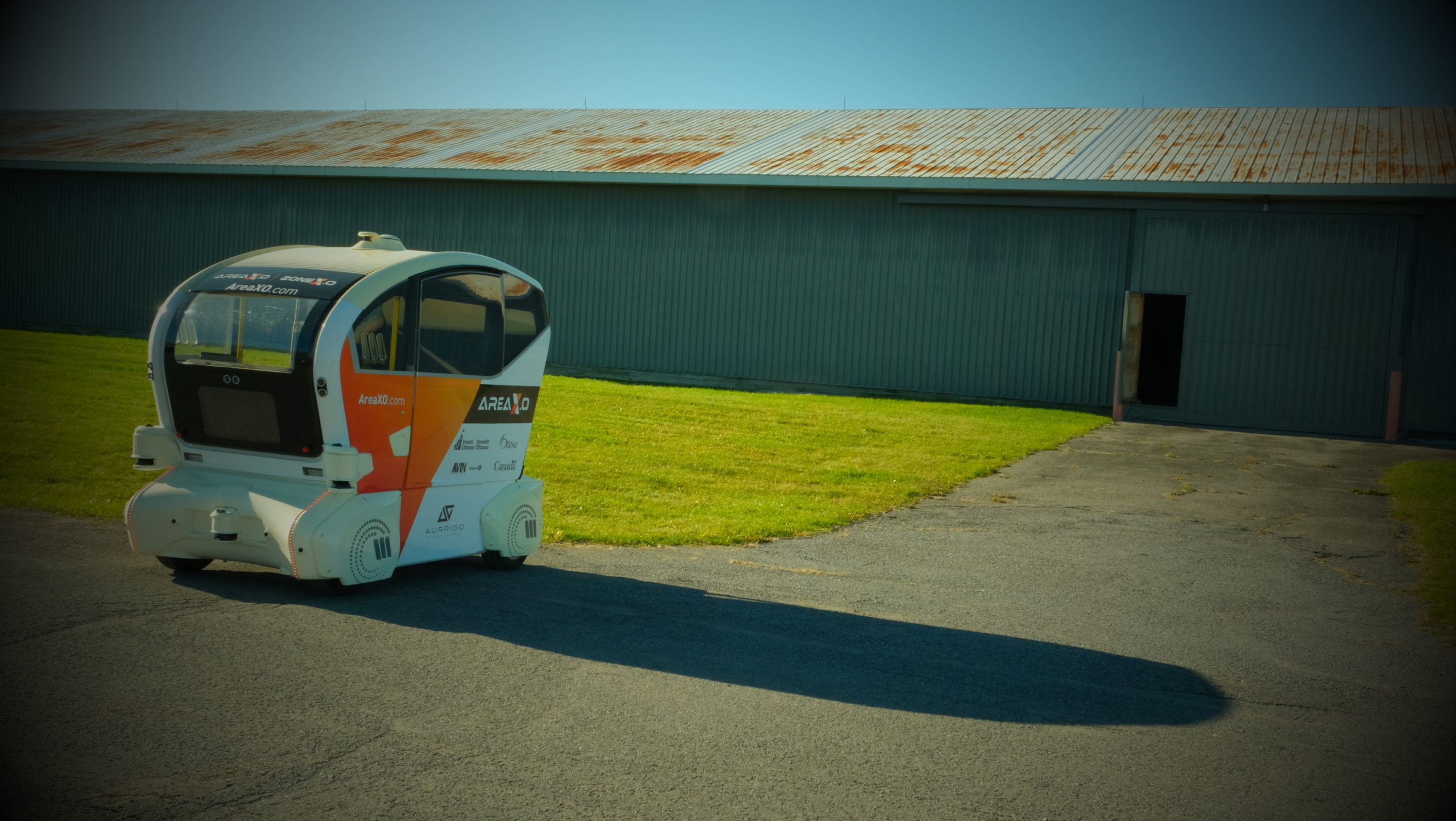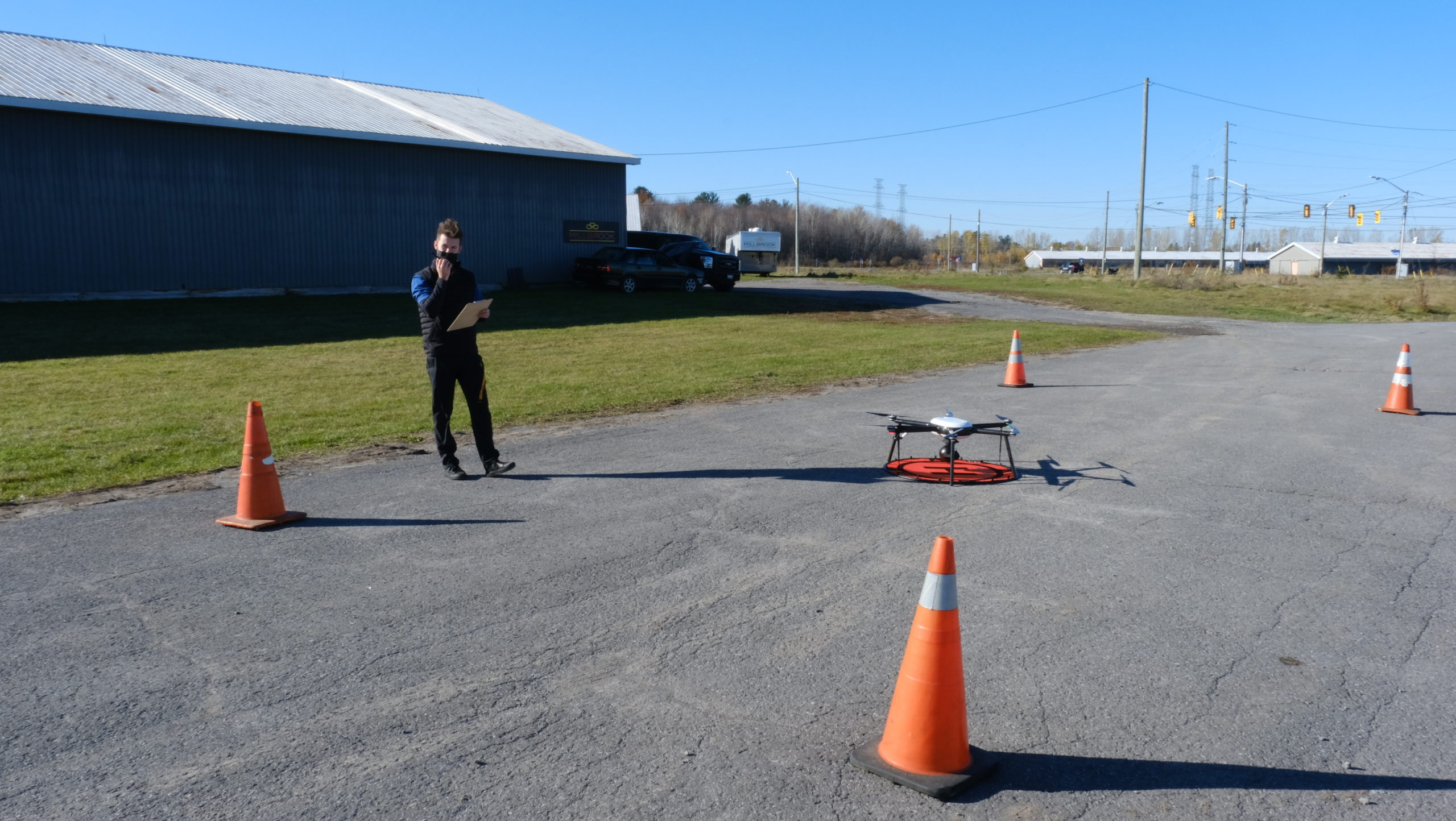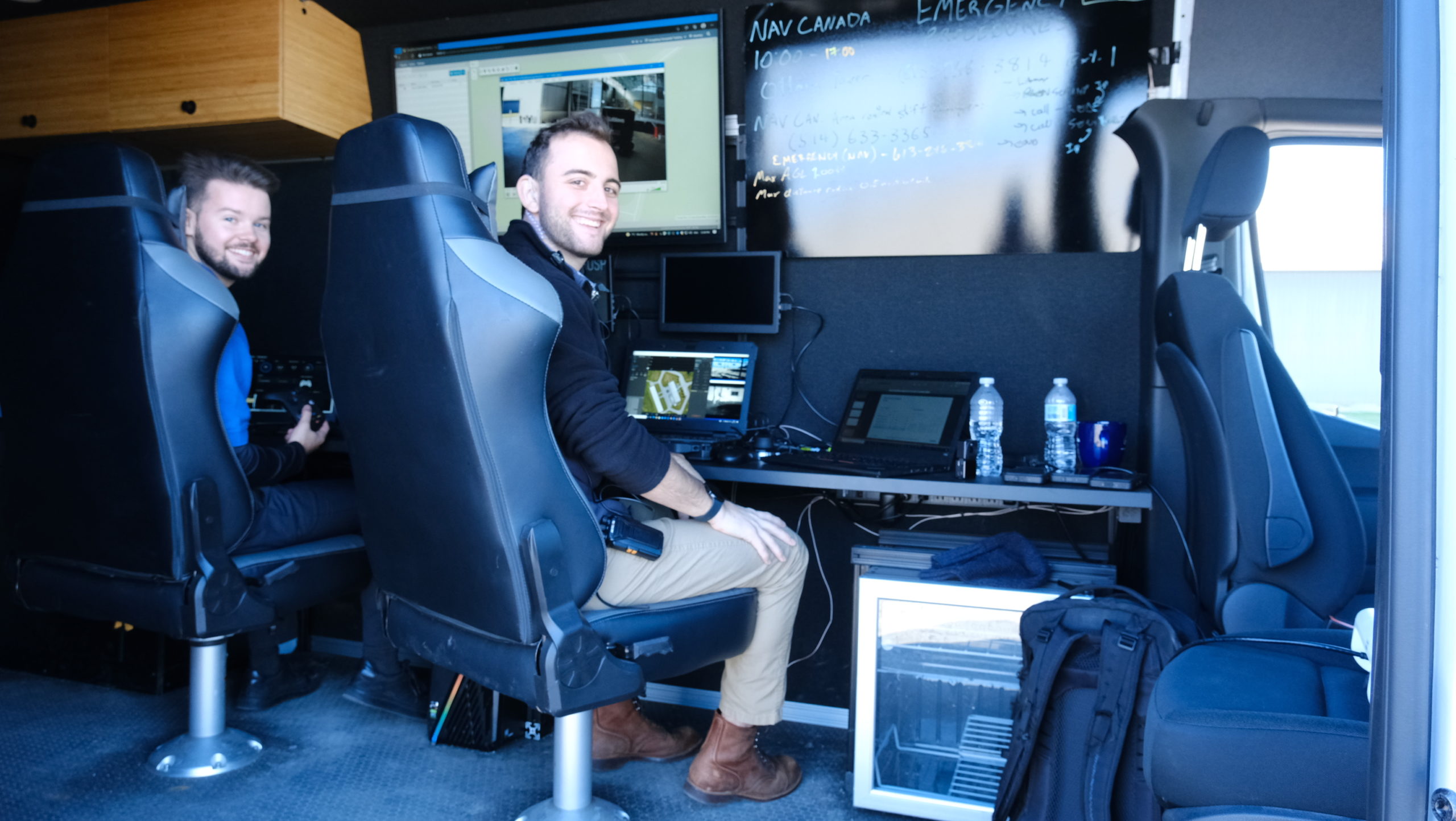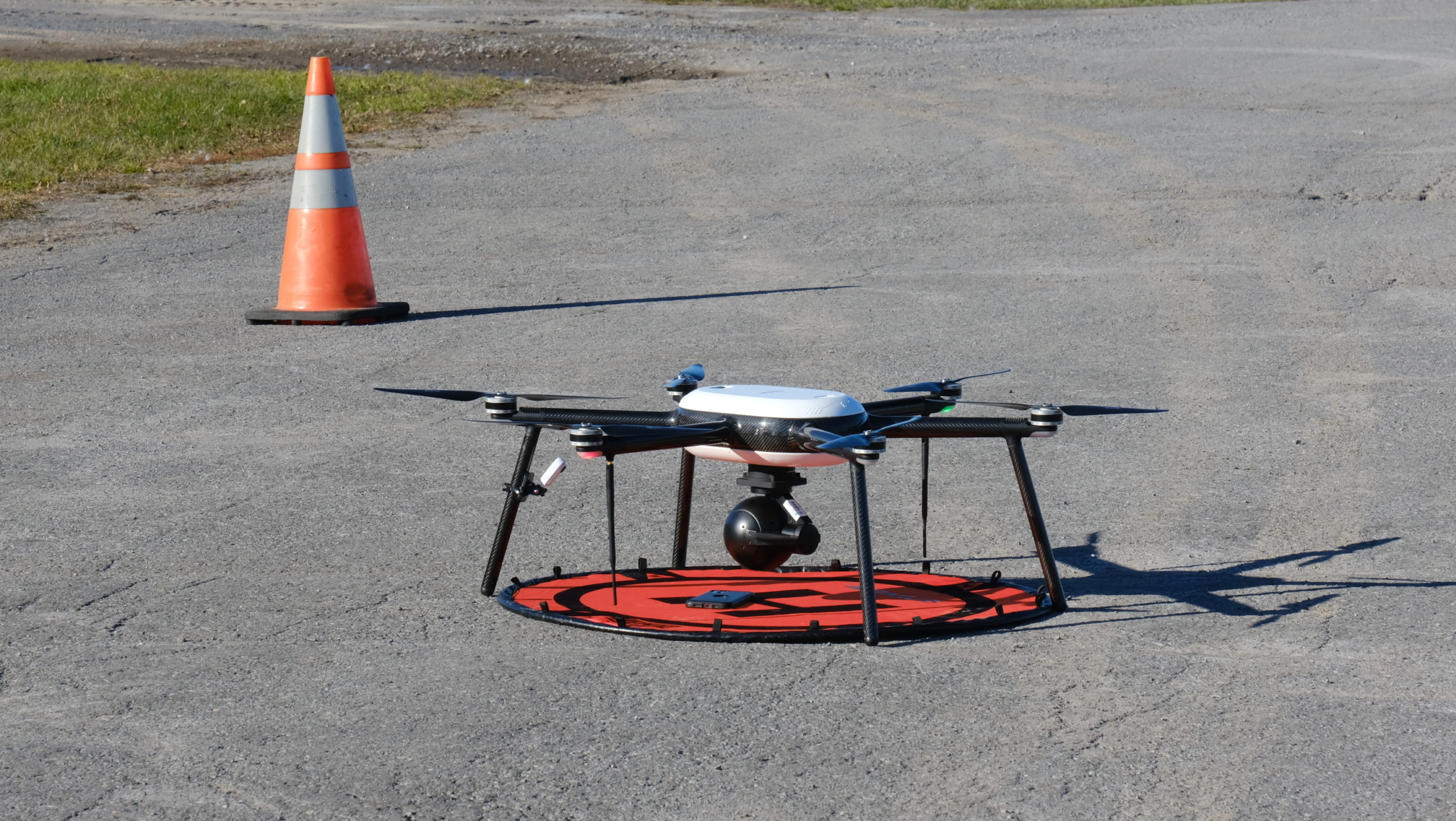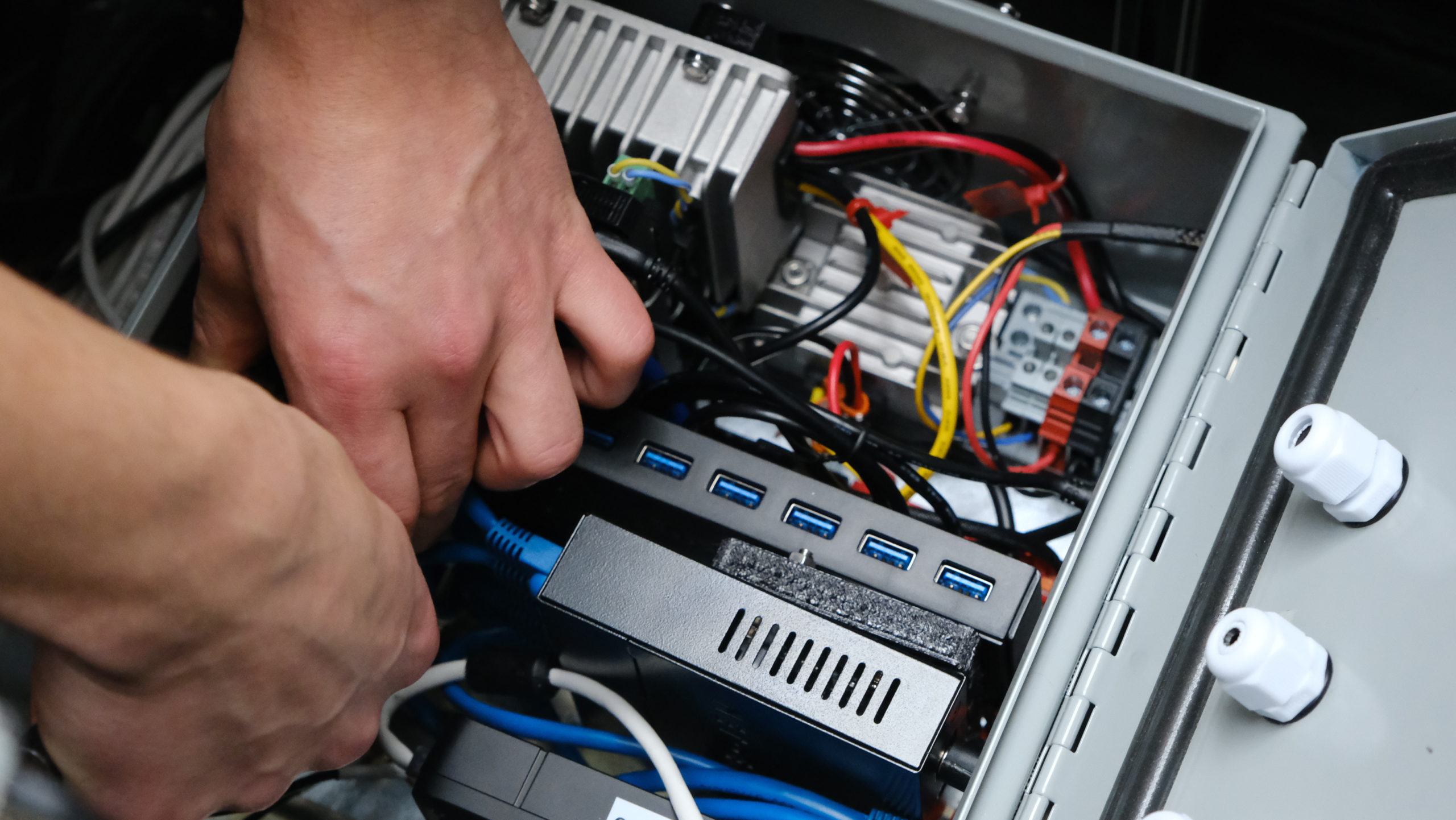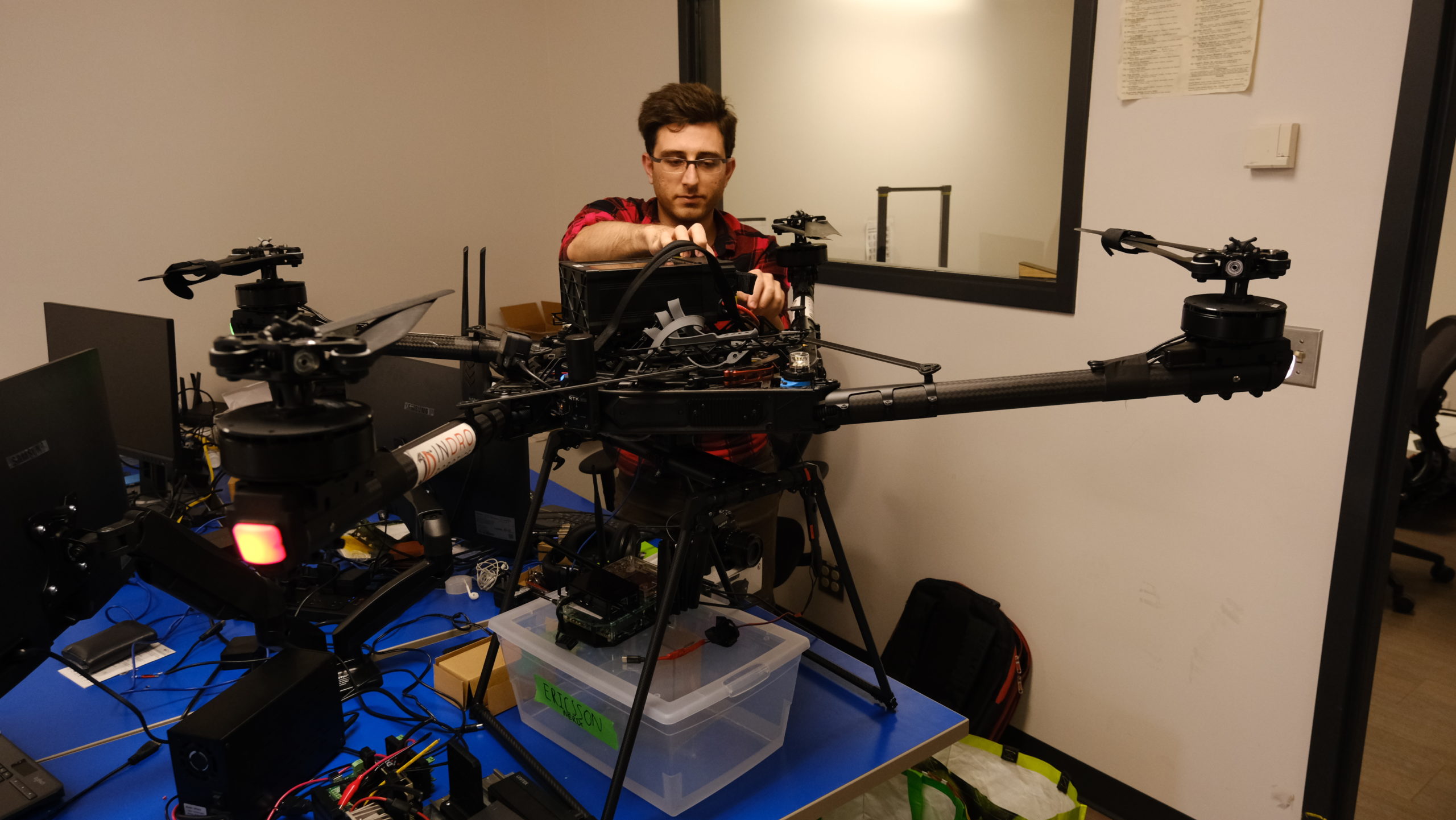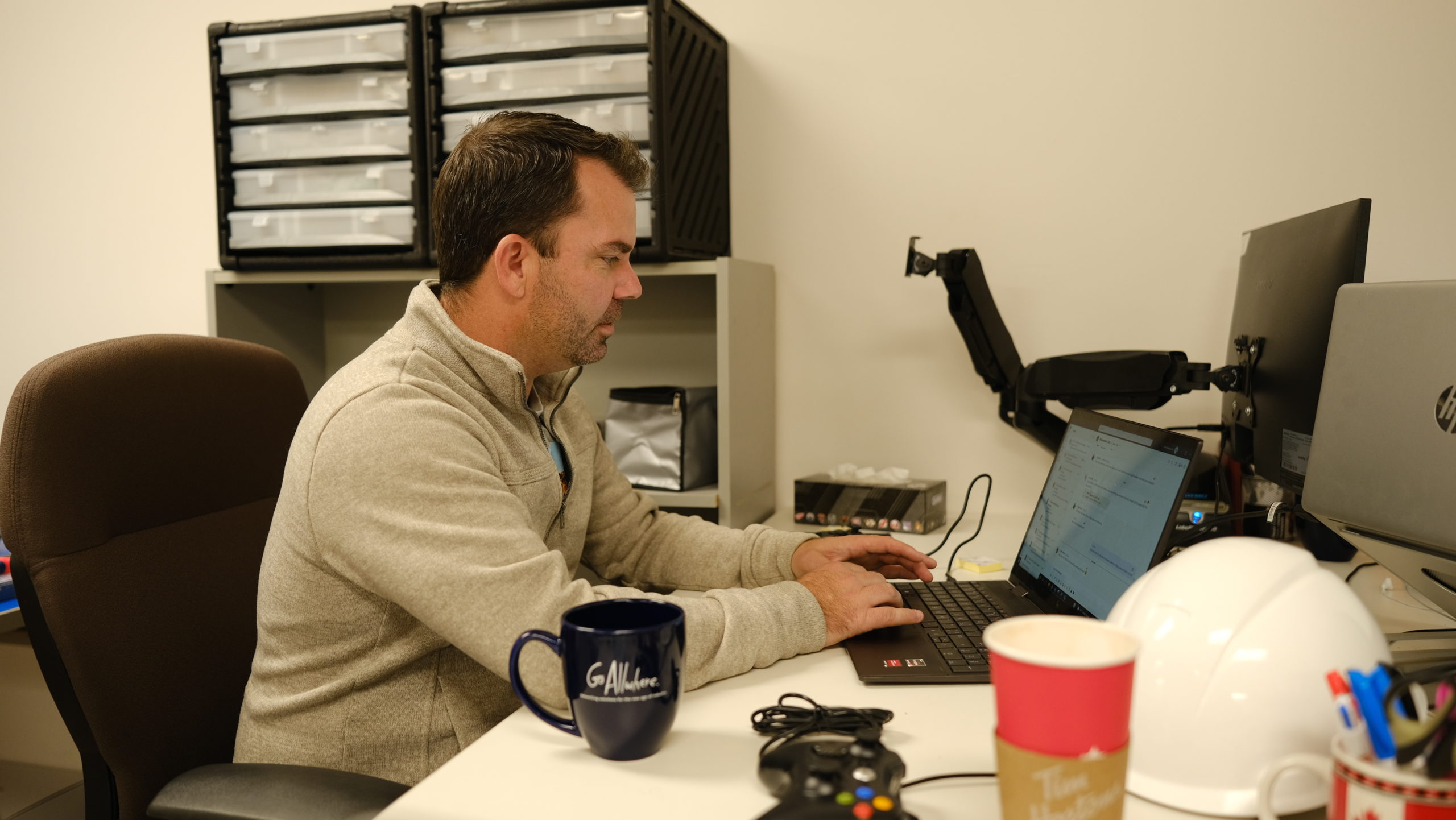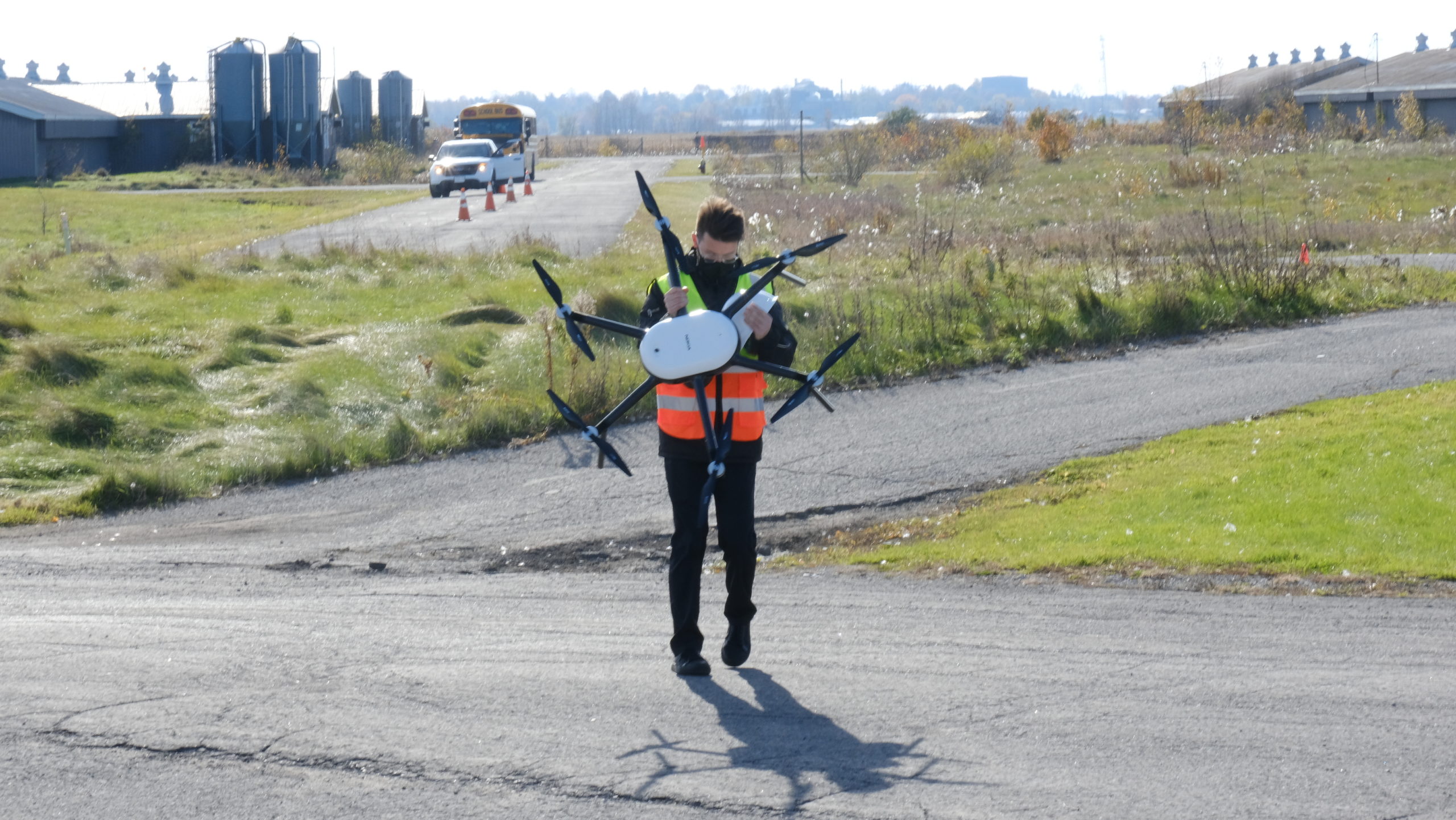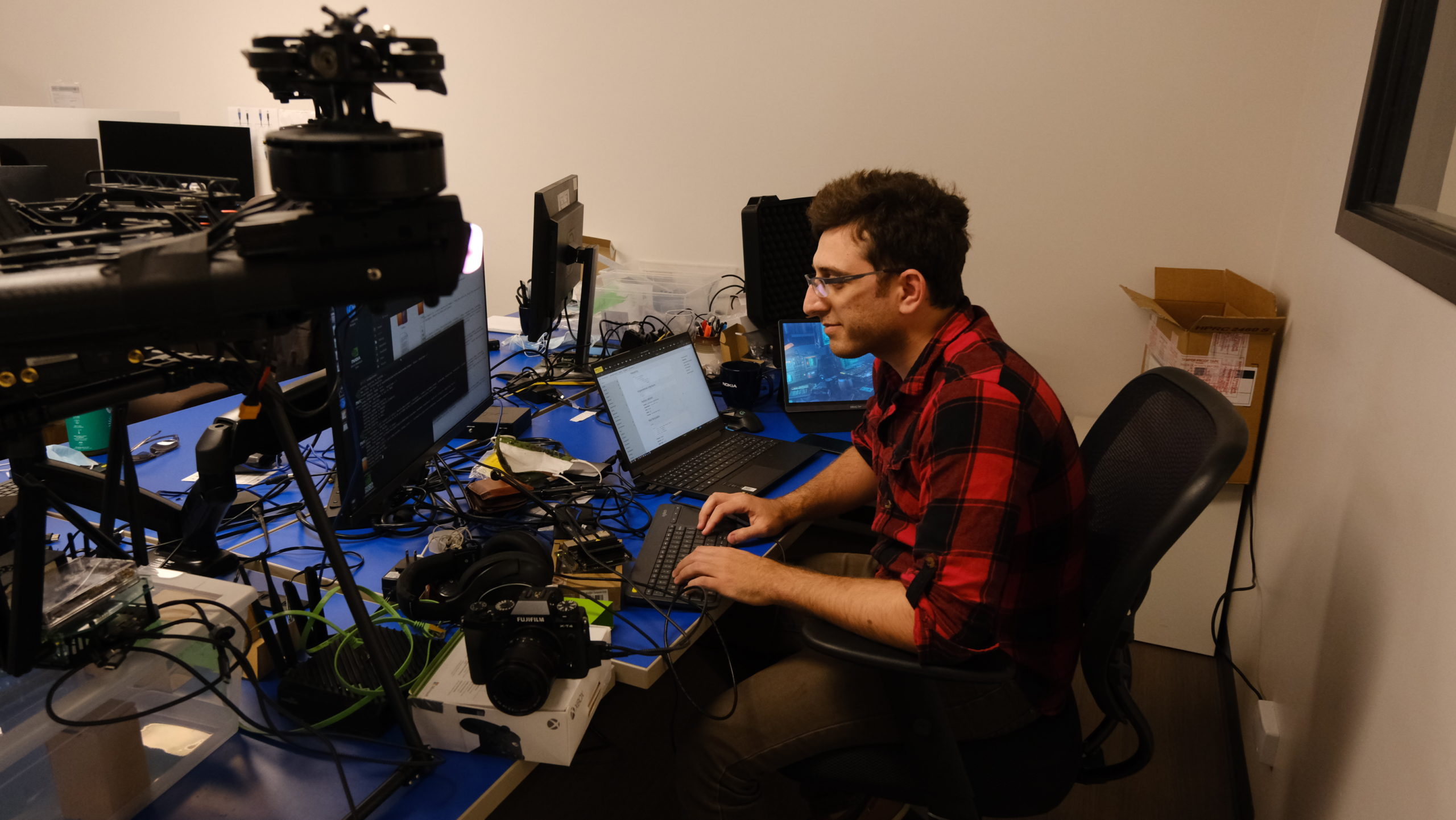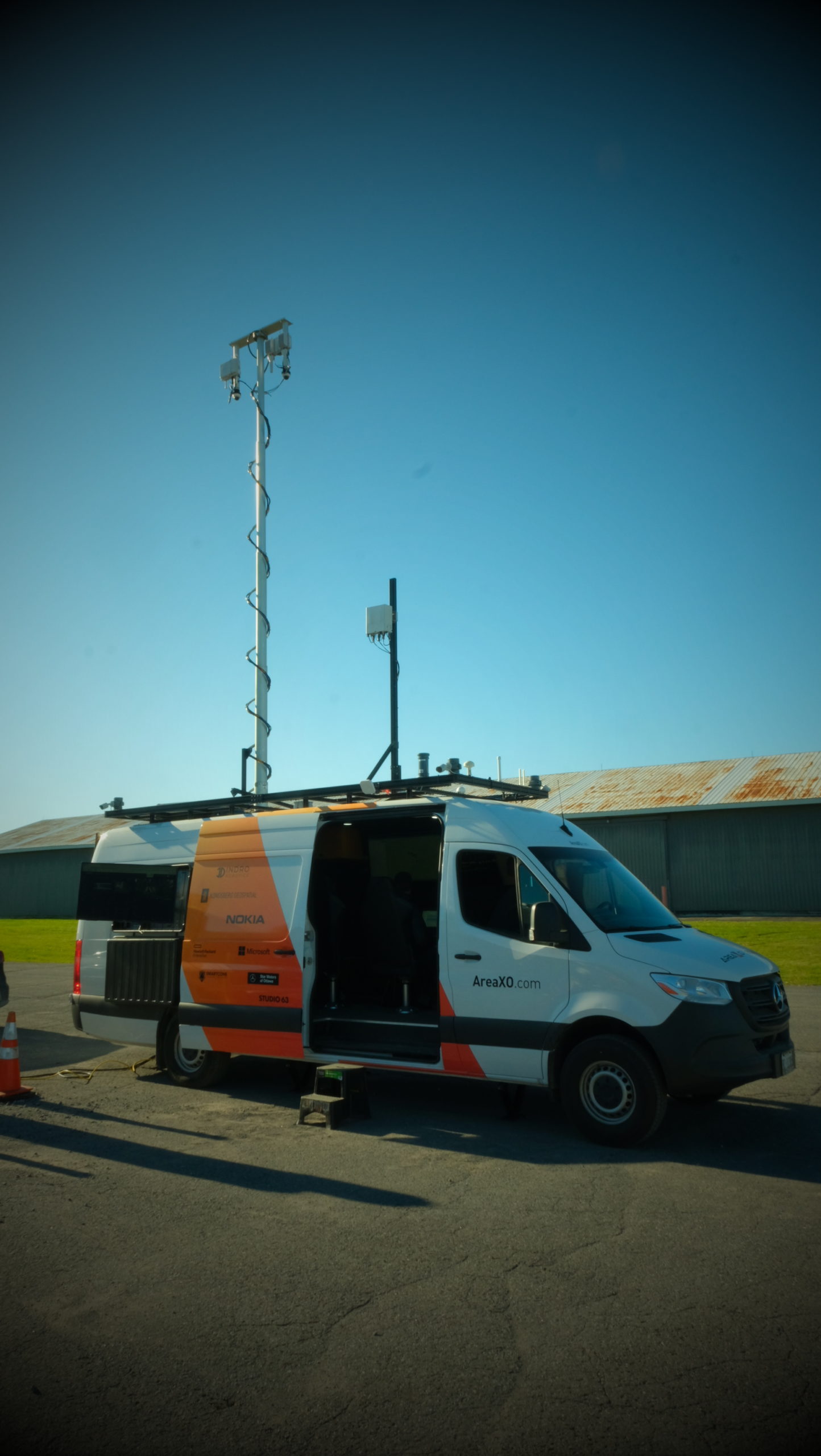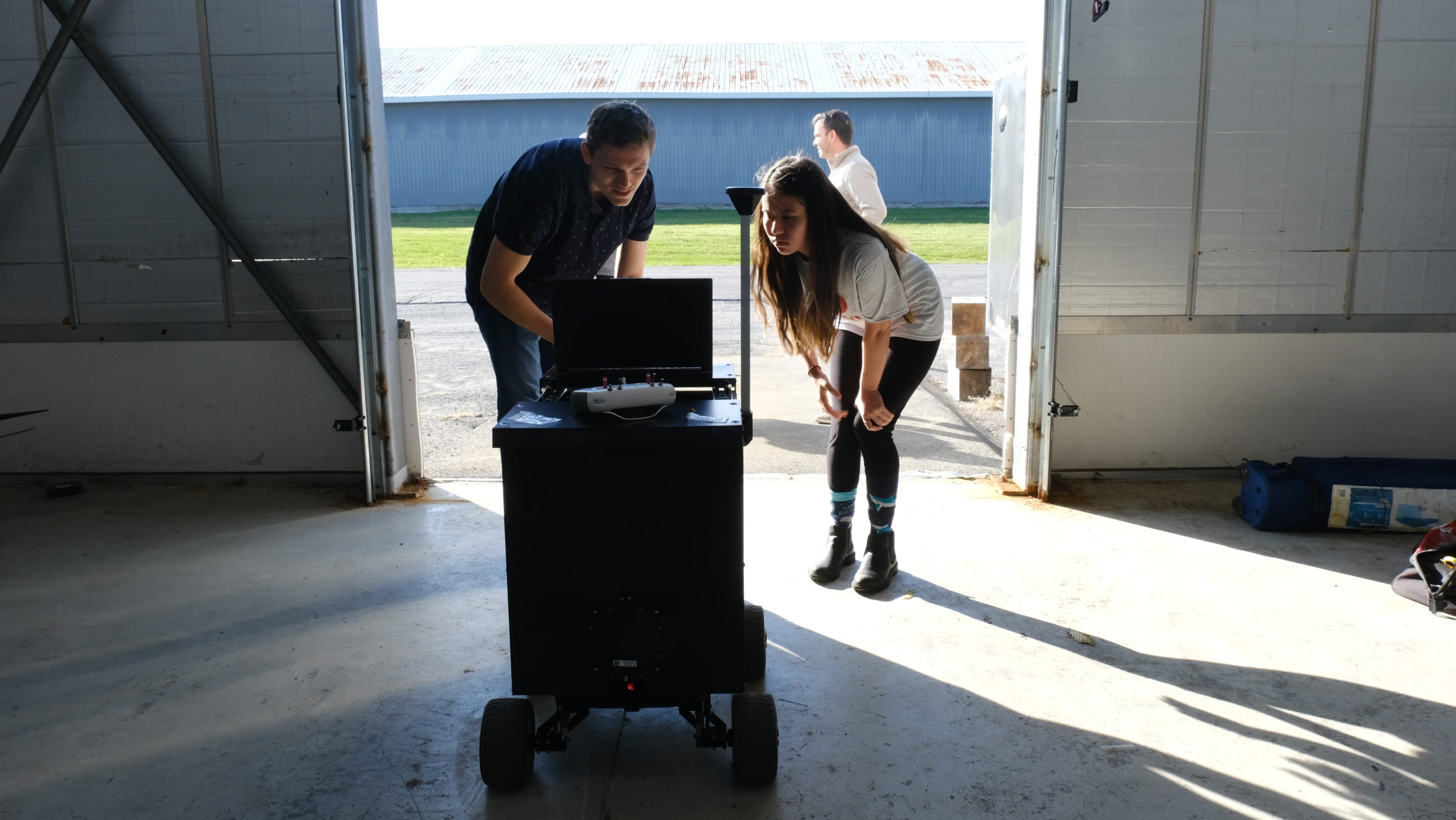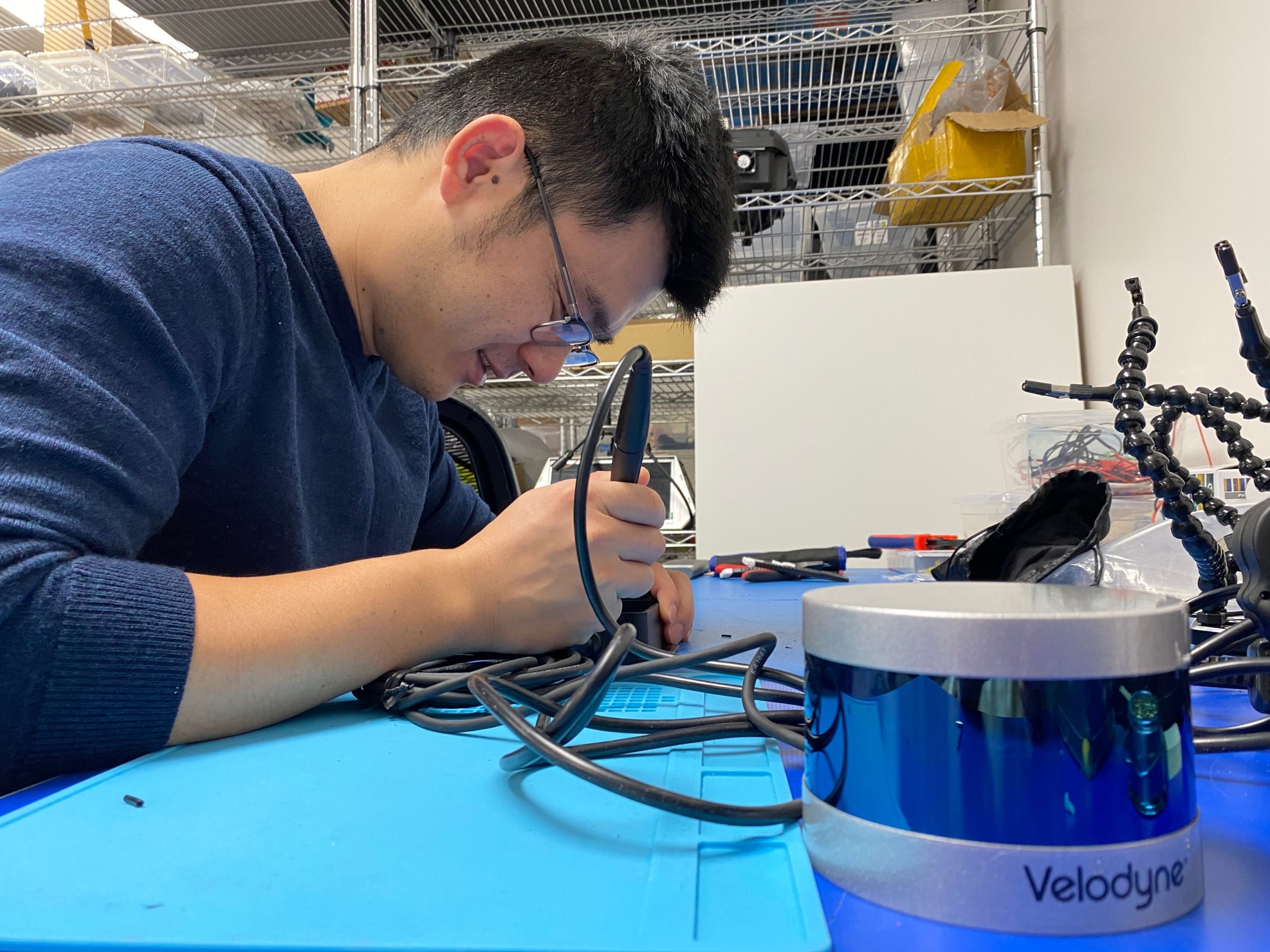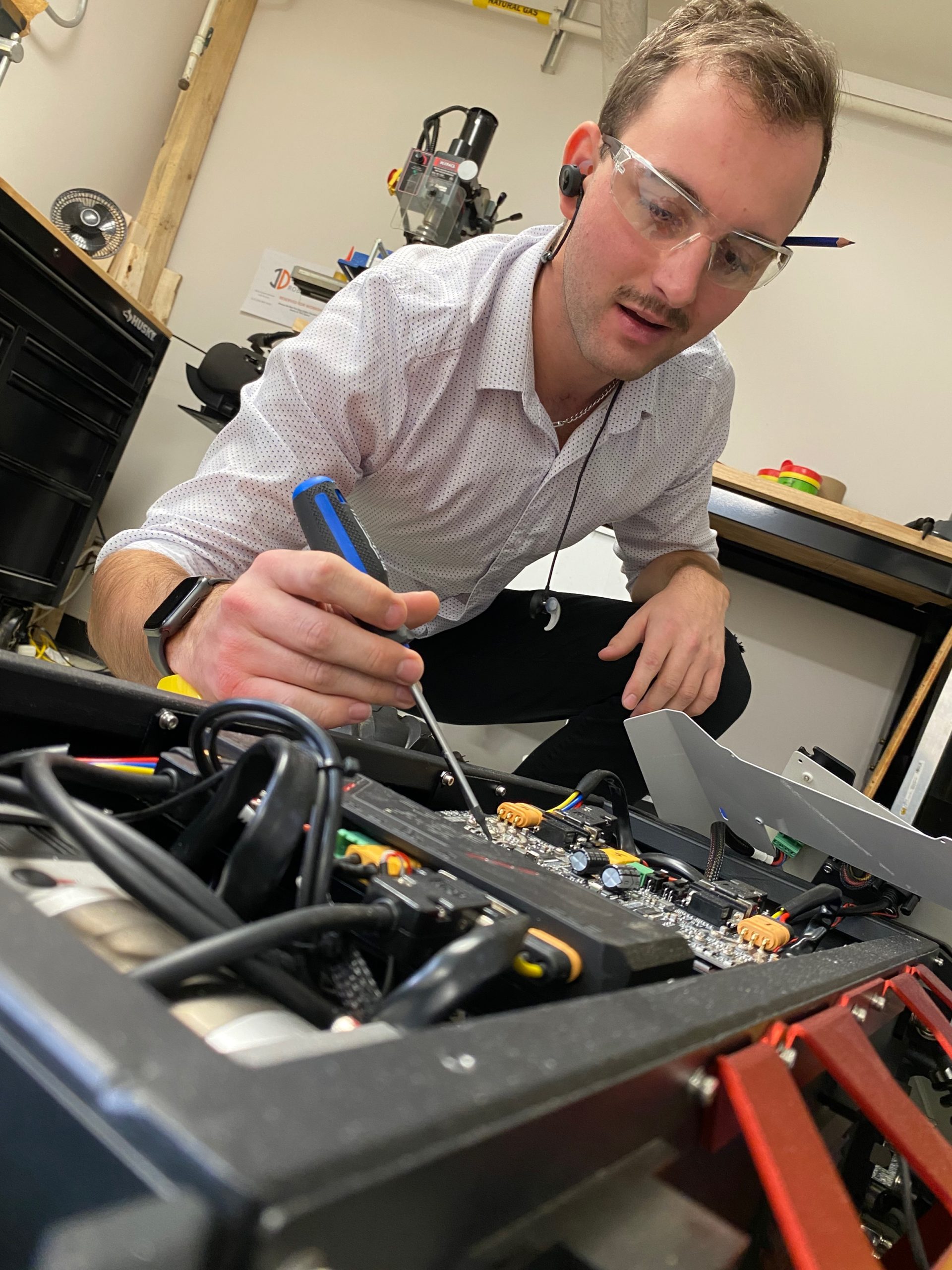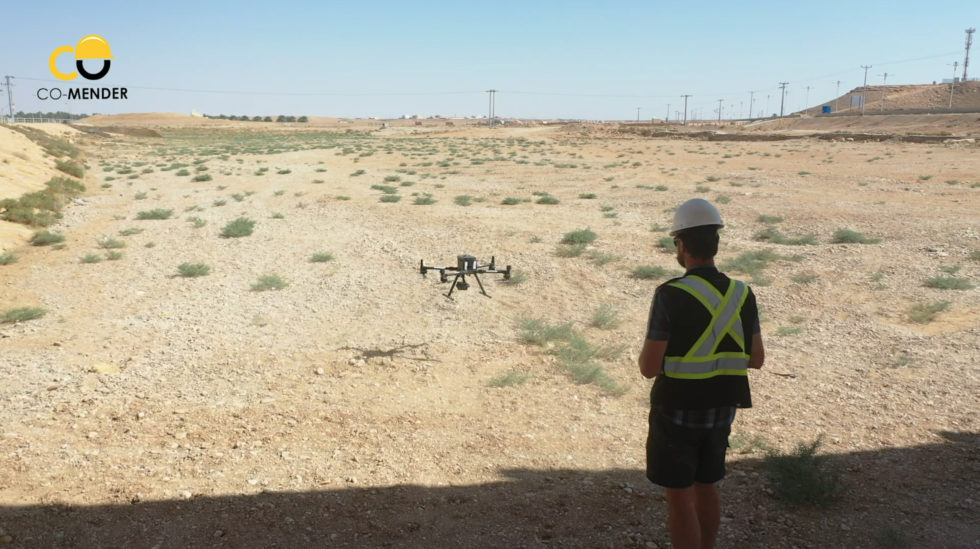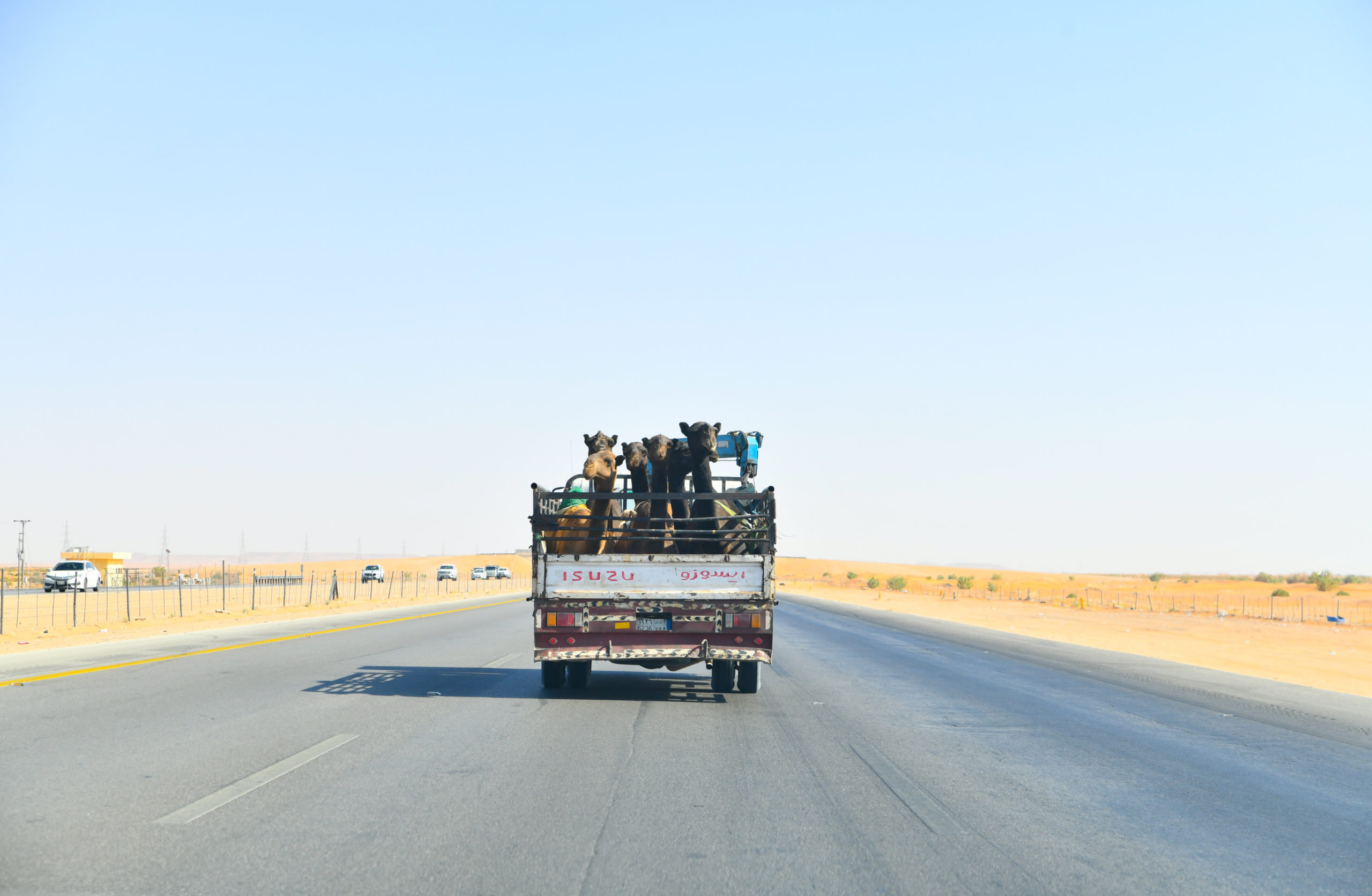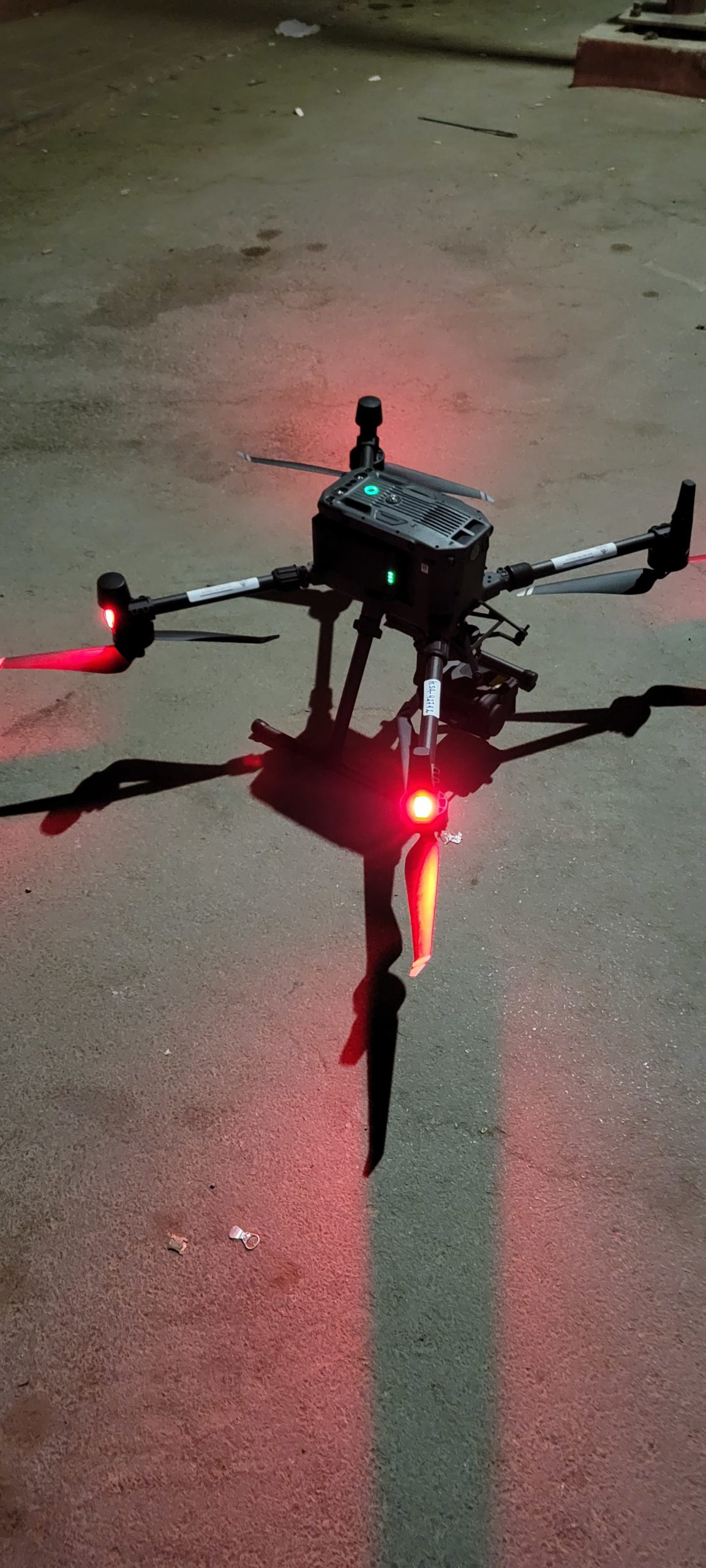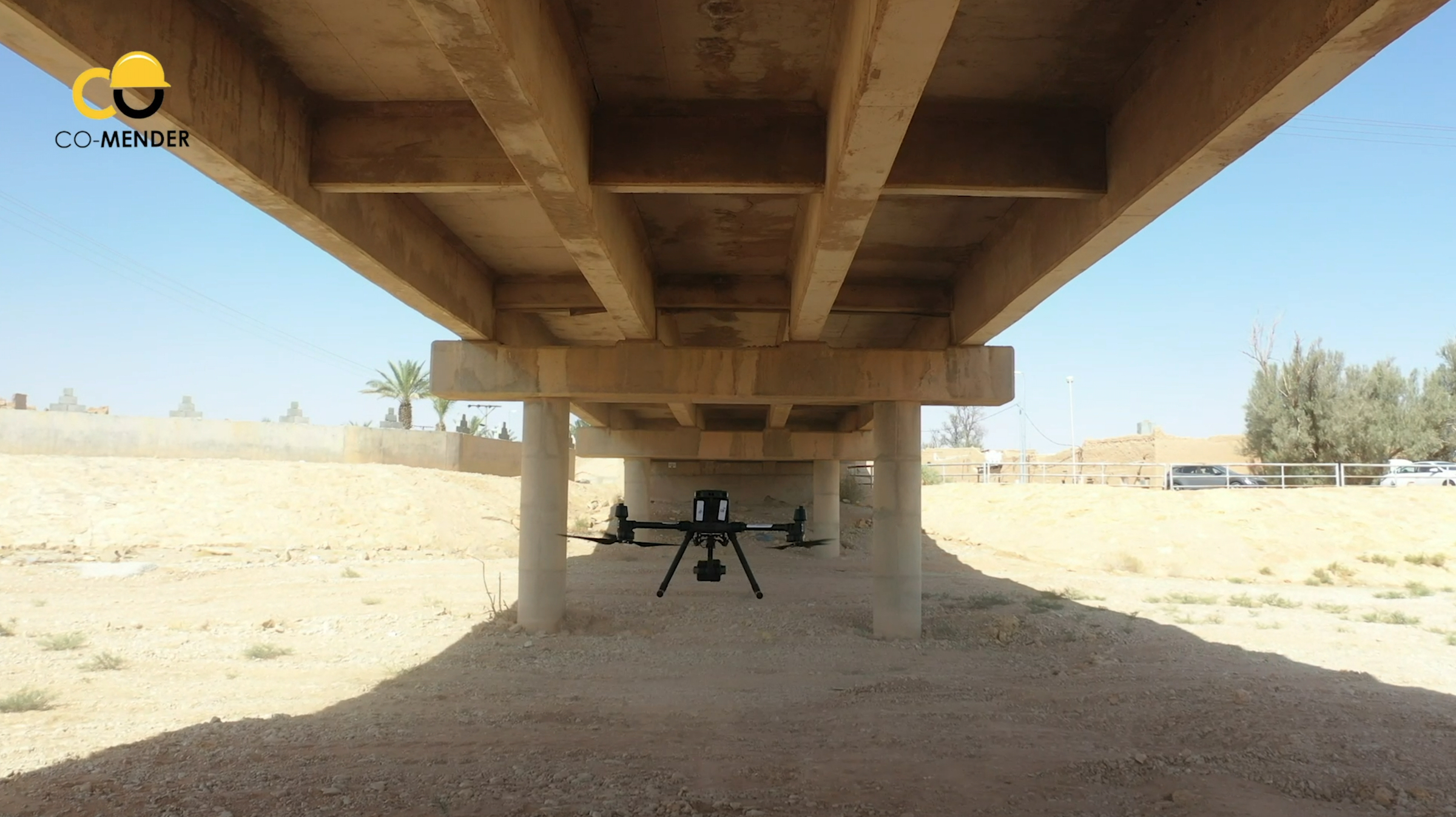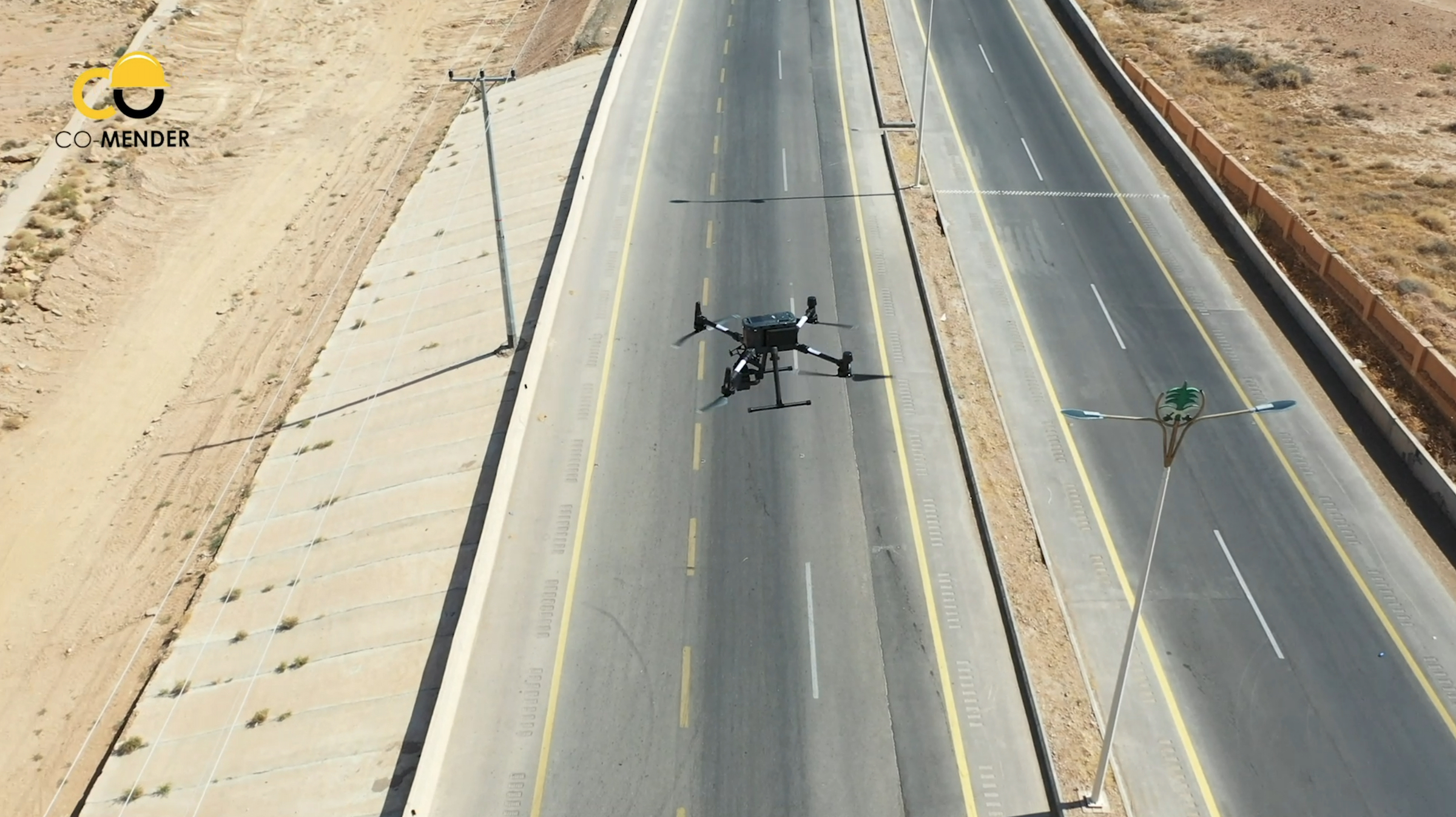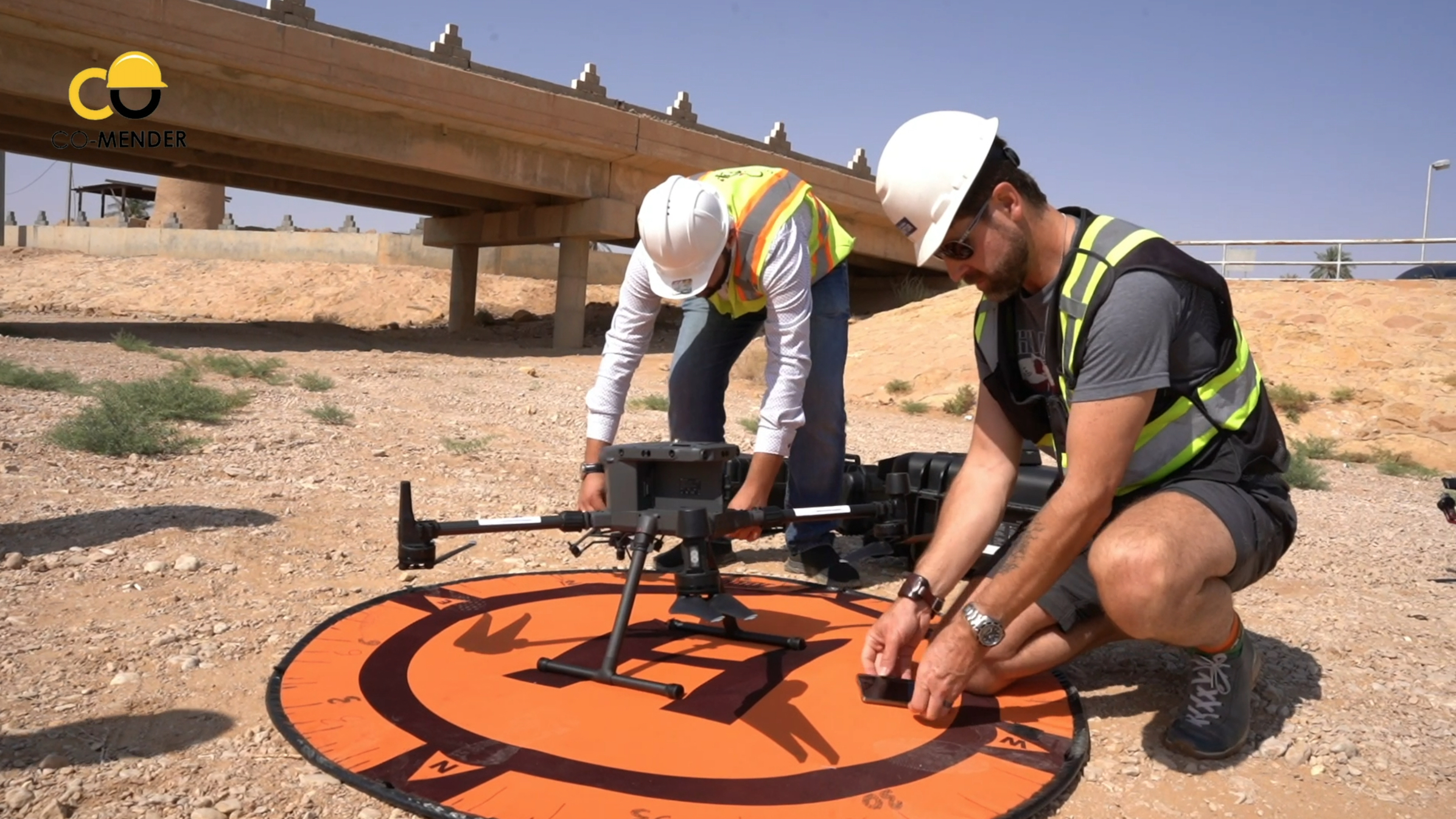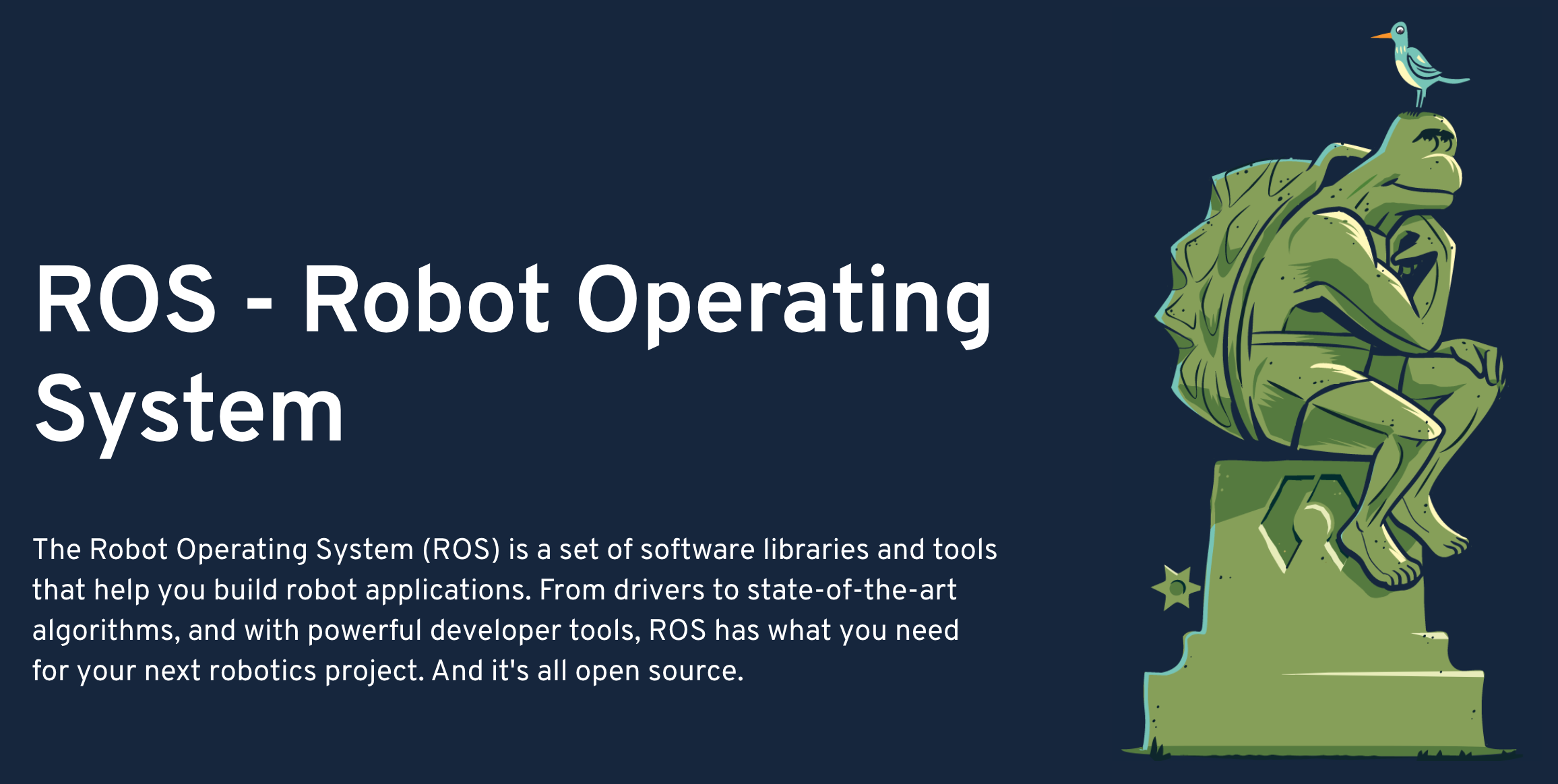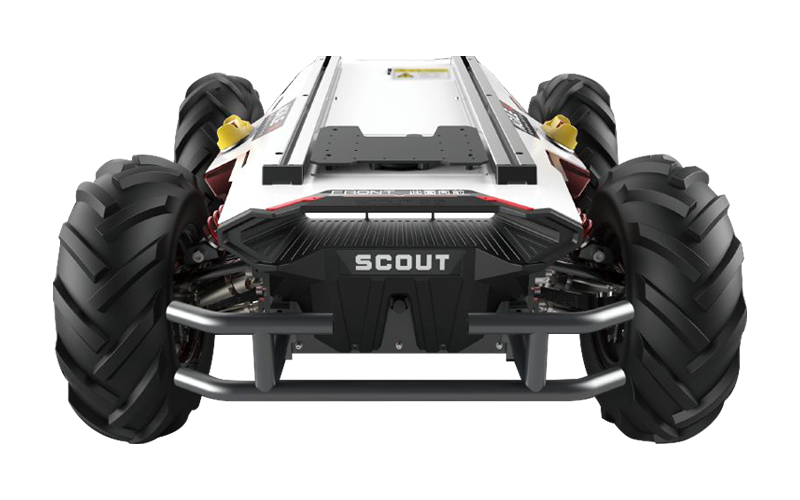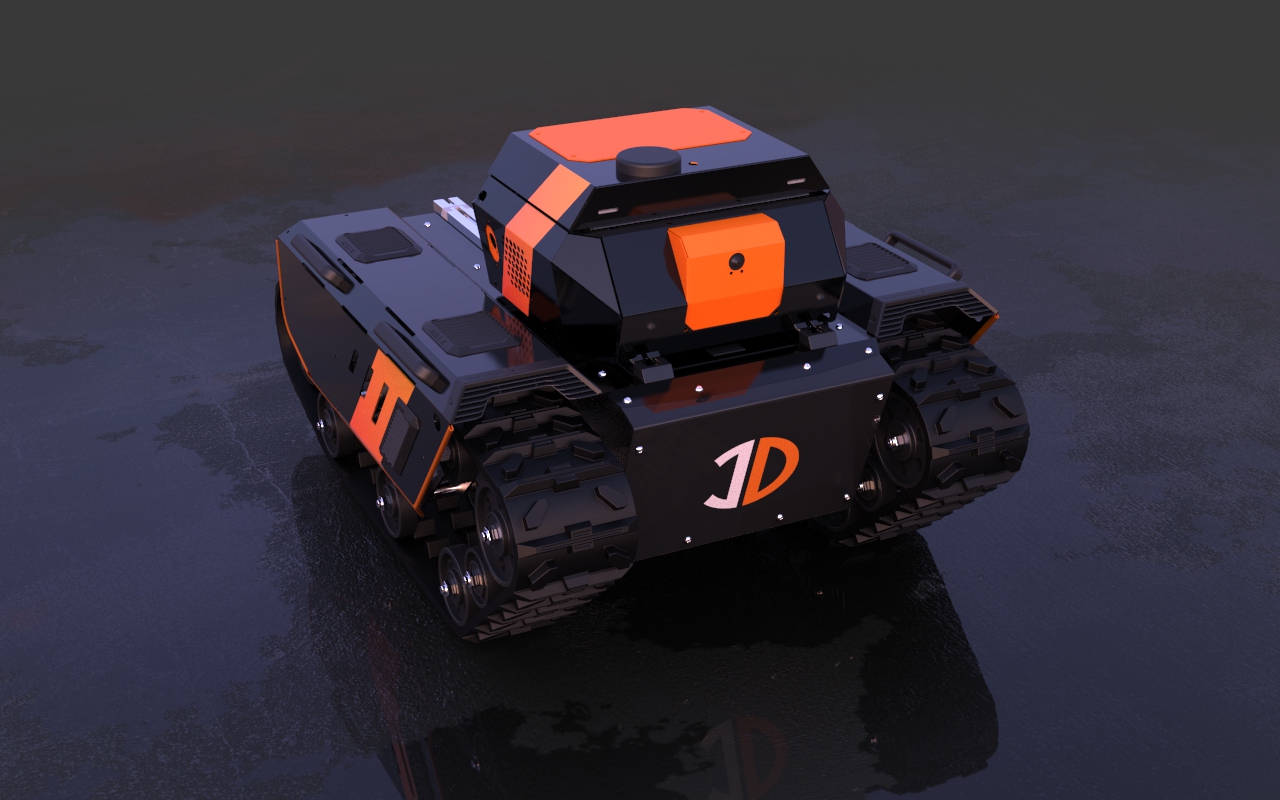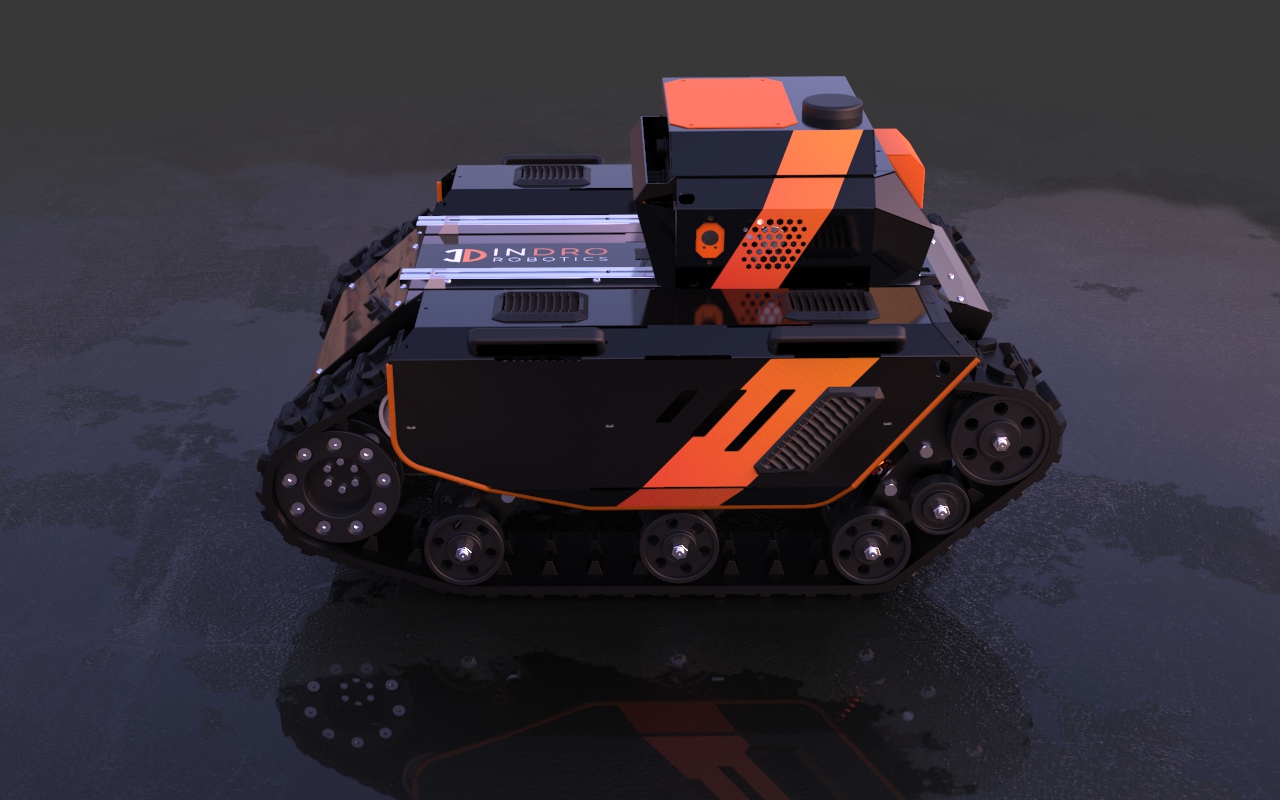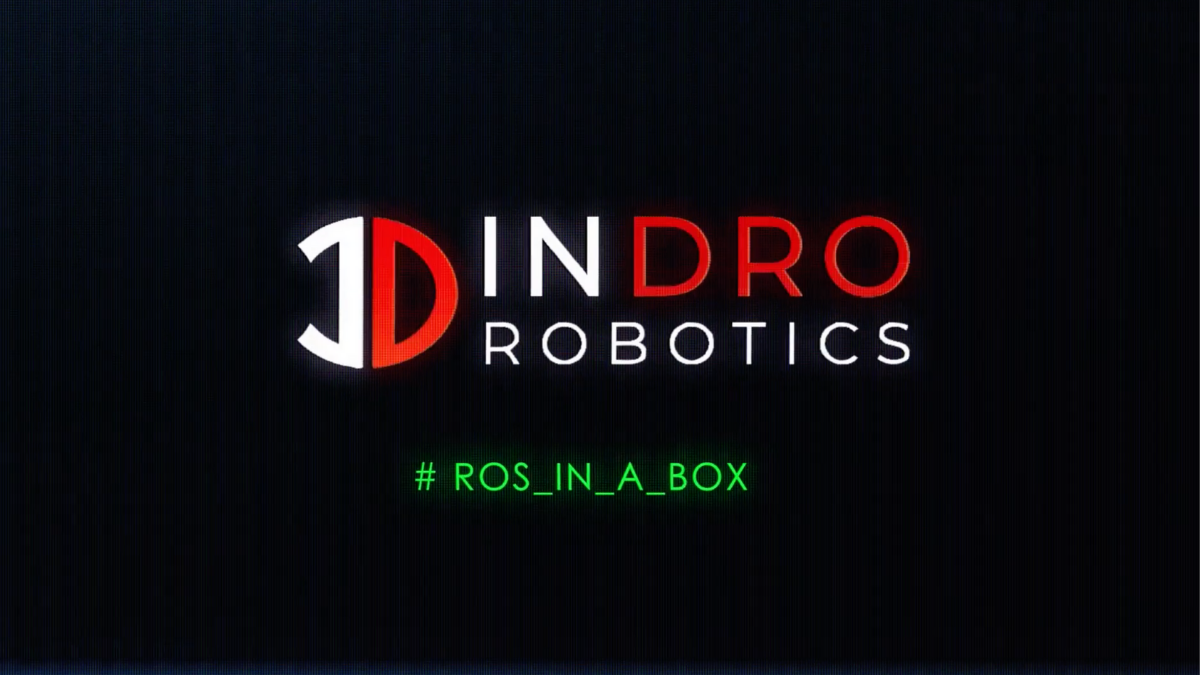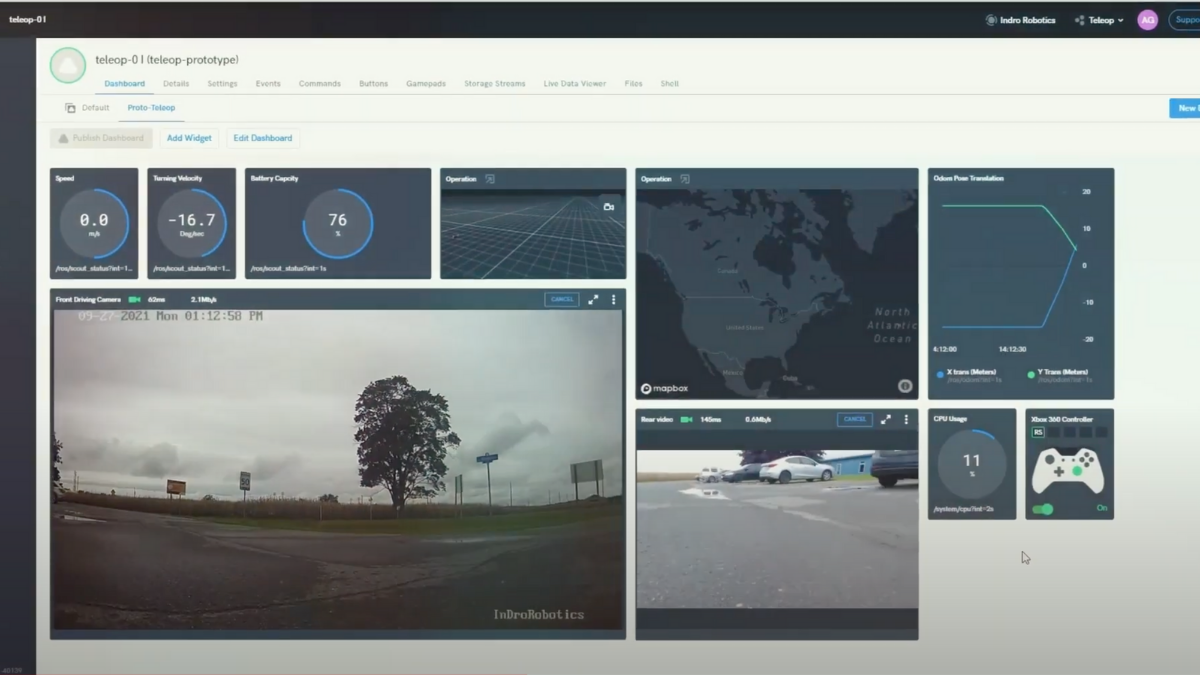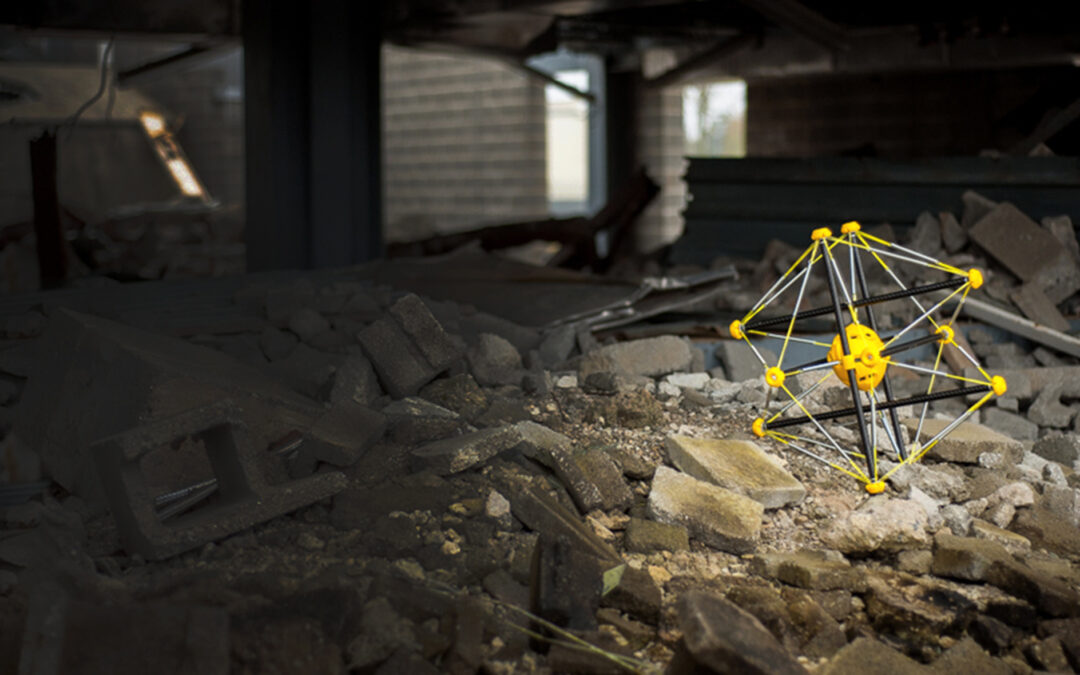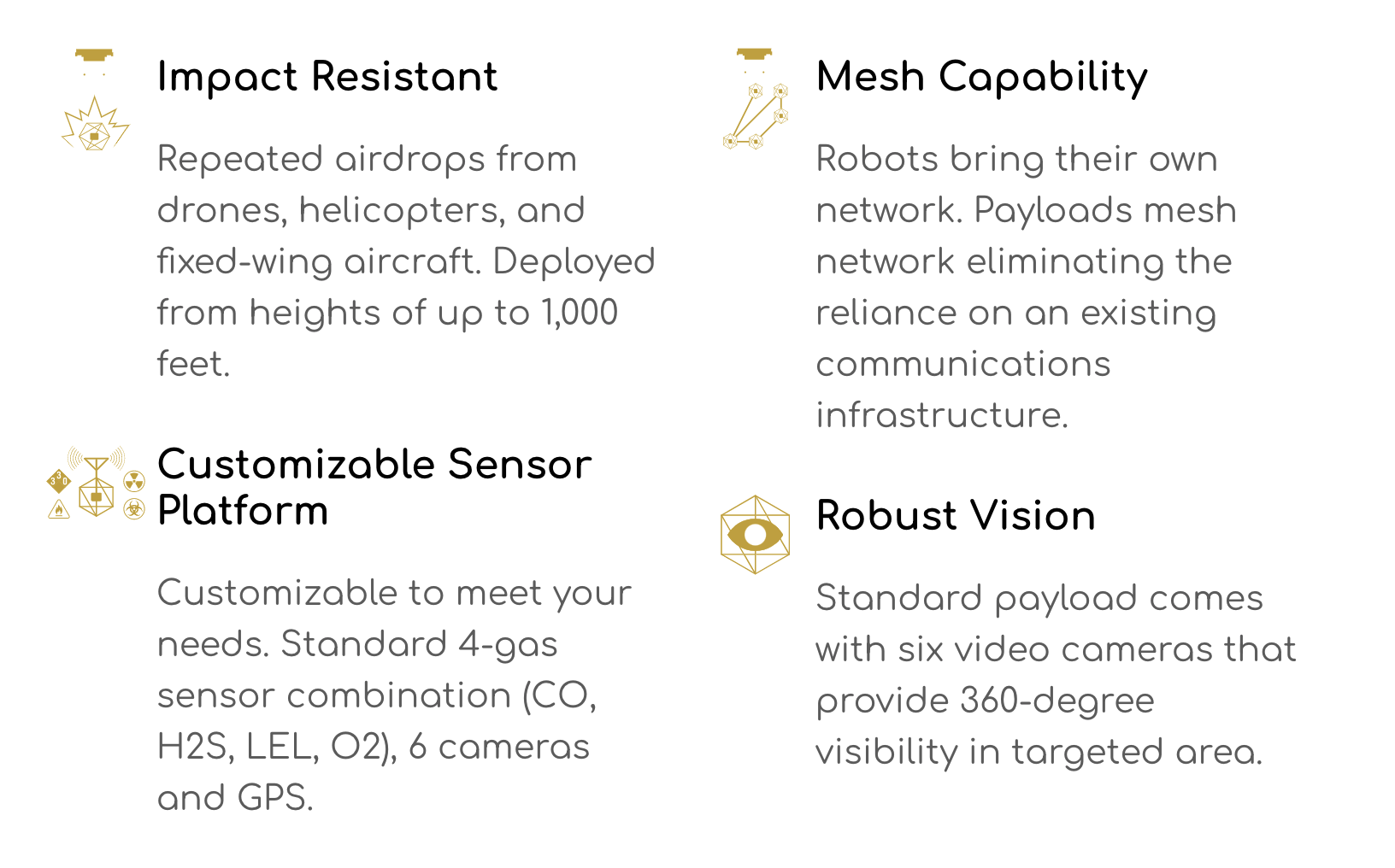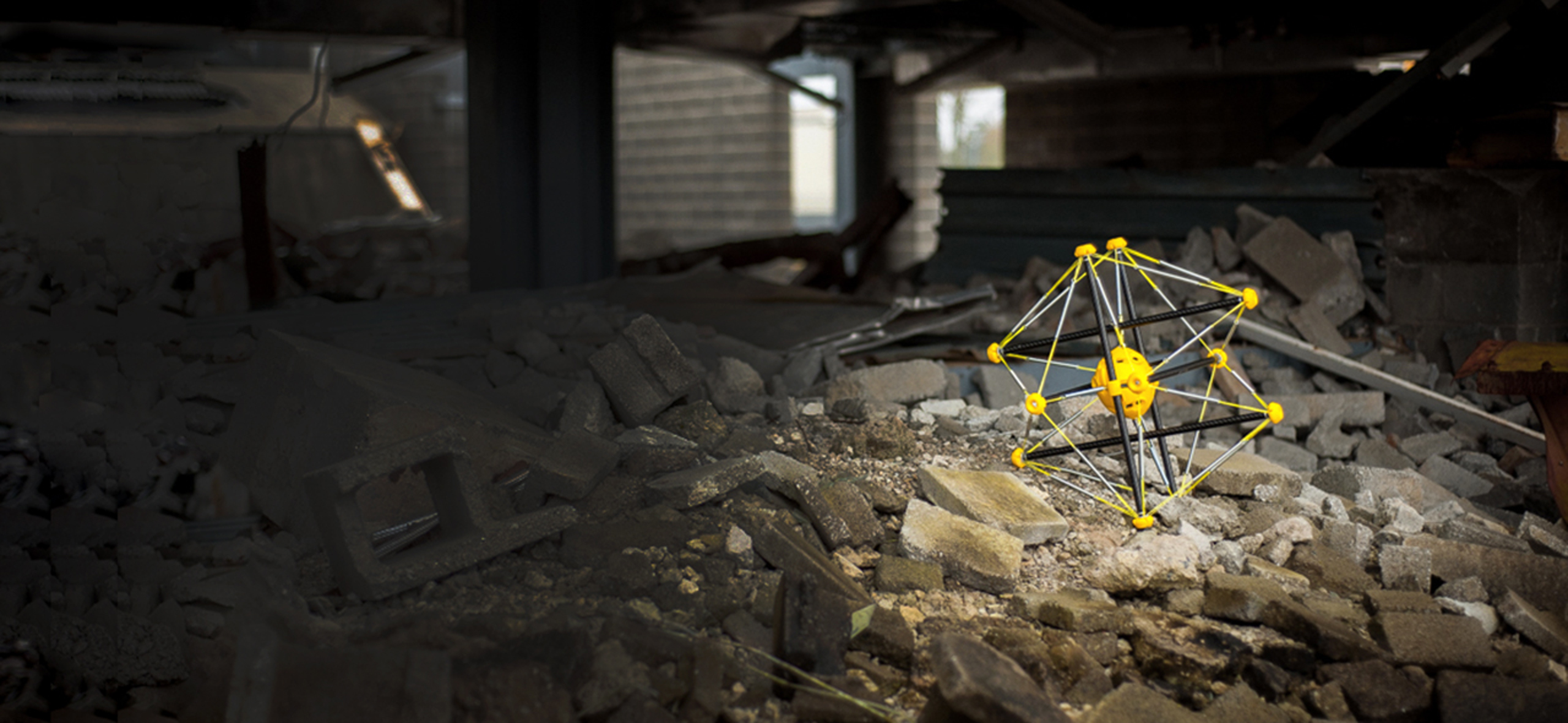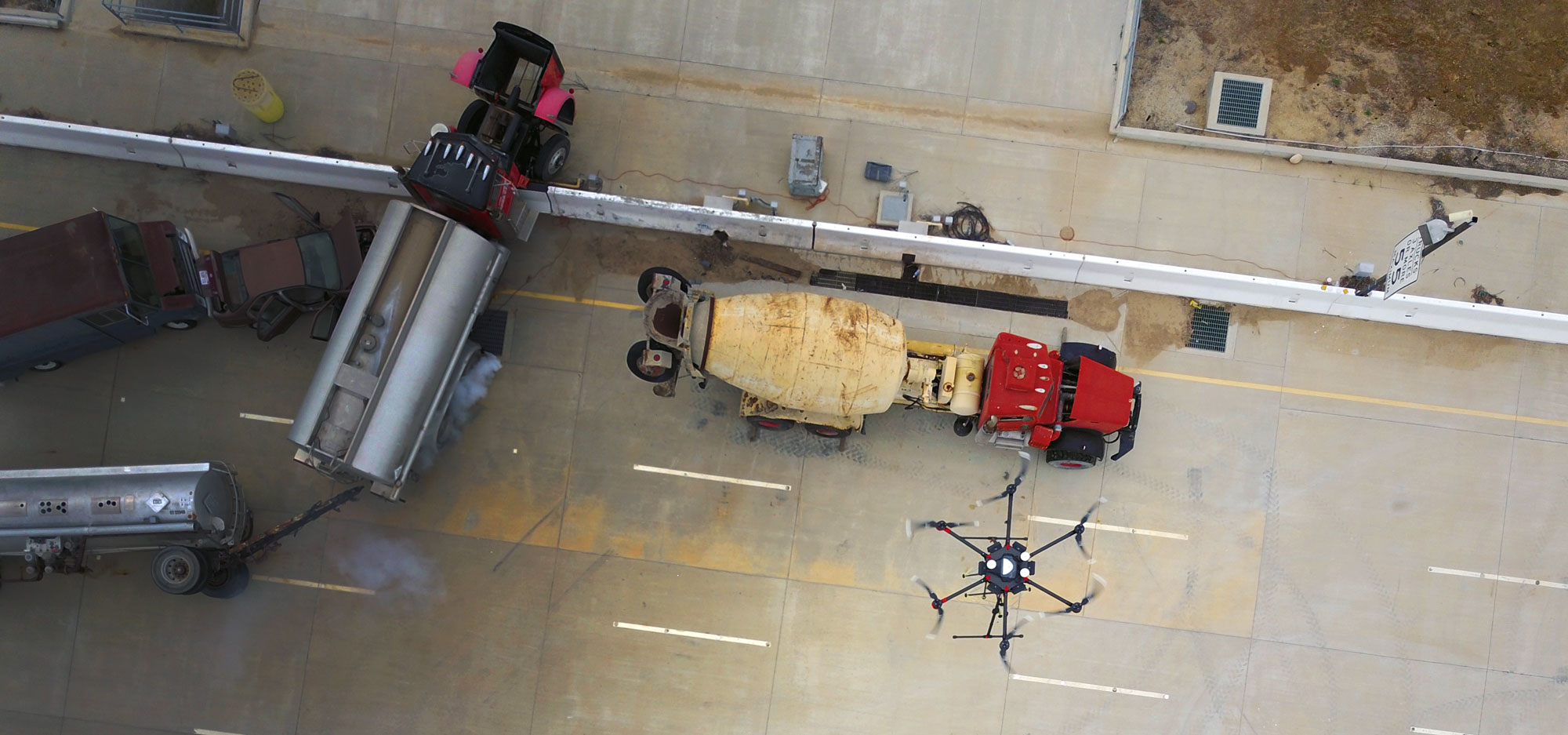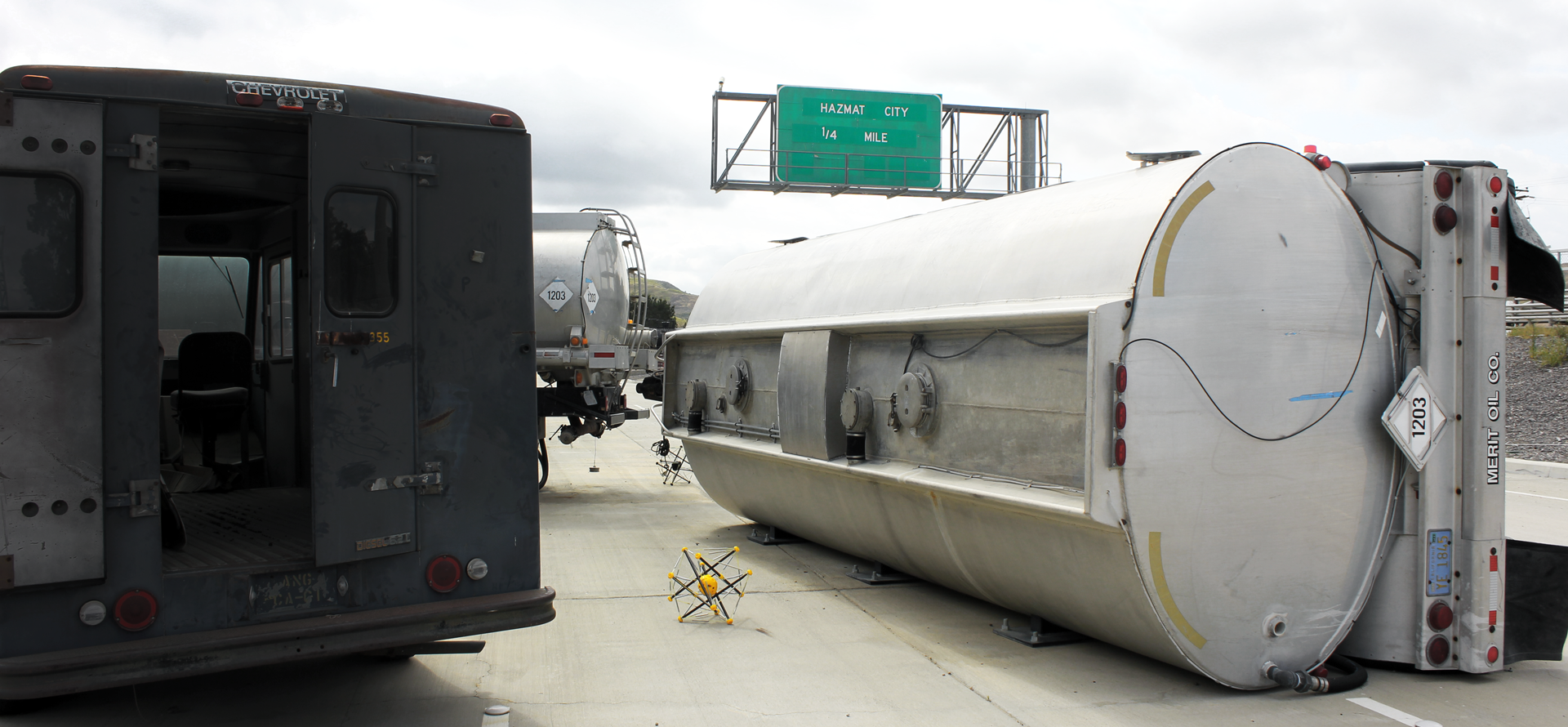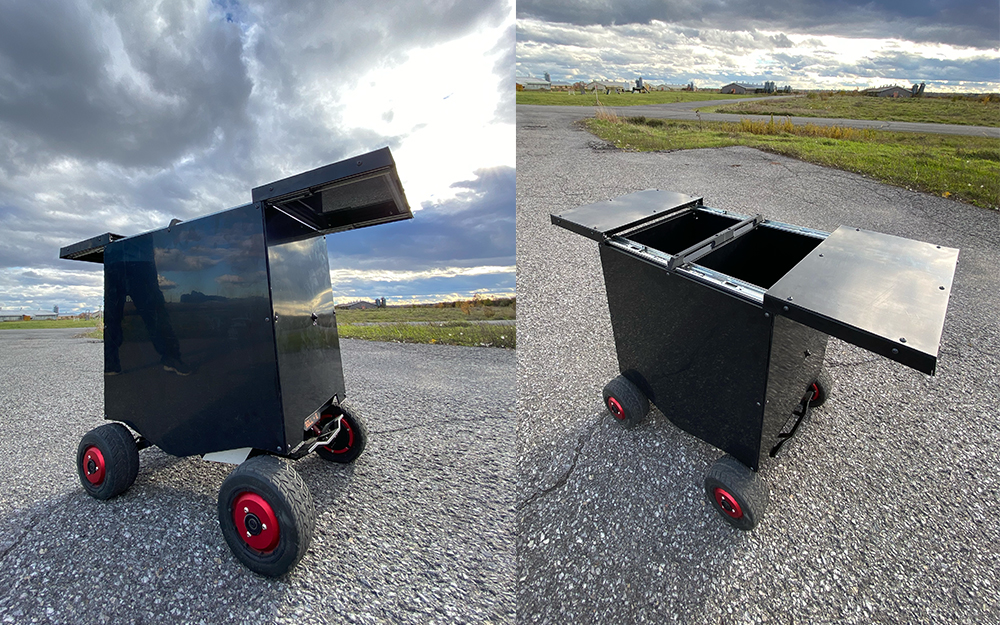
When it comes to Last Mile, InDro’s ROLL-E delivers
By Scott Simmie, InDro Robotics
Picture this: You’re expecting an important delivery at home.
But instead of peeking out the window to spot a cargo truck or van, you’re awaiting a text. One minute before delivery, your phone pings with a notification and a QR code.
You look outside and see it approaching: A small robot. It pulls up directly in front of your steps (possibly even climbs the steps). You head outside and present your QR code to a reader on the robot. Once it has scanned to confirm, the lid protecting the cargo bay unlocks and slides open. You remove your package and go back inside. Before you’ve even closed the door, the robot has already moved on.
The transaction was rapid and contactless. The robot did not emit any CO2.
A decade ago, such a scenario would have sounded a bit like sci-fi. Not anymore. Such deliveries are coming – and not solely for the purpose of convenience.
Some context
On any given day, on any given street in North America, a large truck or cargo van is likely to come down the road. Inside? Groceries, clothing, electronics, books and more – on their way to people’s homes and businesses.
Even prescription medications are delivered by many pharmacies – which can be particularly helpful for those who may have mobility issues or lack access to transportation. Deliveries are now so ubiquitous that these vehicles have become part of the urban landscape.
But while deliveries have grown exponentially over the past couple of decades, so too have concerns about the efficiency – or inefficiency – of this approach. And that conversation now focuses on something known as the Last Mile.
That, and the potential for robots to become part of a cleaner and more cost-effective solution.
The Last Mile
The Last Mile phrase refers to the final, critical but inefficient phase of any delivery: Getting the product down that last path to its ultimate destination. That destination is most often the home of a consumer. But it might be to a client, waiting for just-in-time parts. Ultimately, it could be anything, to anyone, anywhere. And with the global pandemic, demand for delivery of everything from soup to nuts to meals has skyrocketed.
Currently, nearly all these deliveries are carried out by vehicles powered by internal combustion engines. It’s one thing to load up a truck with parcels headed from a warehouse in a suburb to, say, Toronto. That part of the voyage can be fairly efficient, because there’s a large volume of goods all initially headed in the same general direction. But things become far less efficient once that truck starts heading down scores of residential streets. Things slow down, more fuel is burned, and costs add up.
Here’s how Business Insider describes the problem:
“In a product’s journey from warehouse shelf, to the back of a truck, to a customer doorstep, the “last mile” of delivery is the final step of the process — the point at which the package finally arrives at the buyer’s door. In addition to being a key to customer satisfaction, last mile delivery is both the most expensive and time-consuming part of the shipping process…
That “last mile” is more costly than you might realize.
“As a share of the total cost of shipping, last mile delivery costs are substantial — comprising 53% overall. And with the growing ubiquitousness of “free shipping,” customers are less willing to foot a delivery fee, forcing retailers and logistics partners to shoulder the cost. As such, it’s become the first place they’re looking to implement new technologies and drive process improvements.”
Delivery by drone
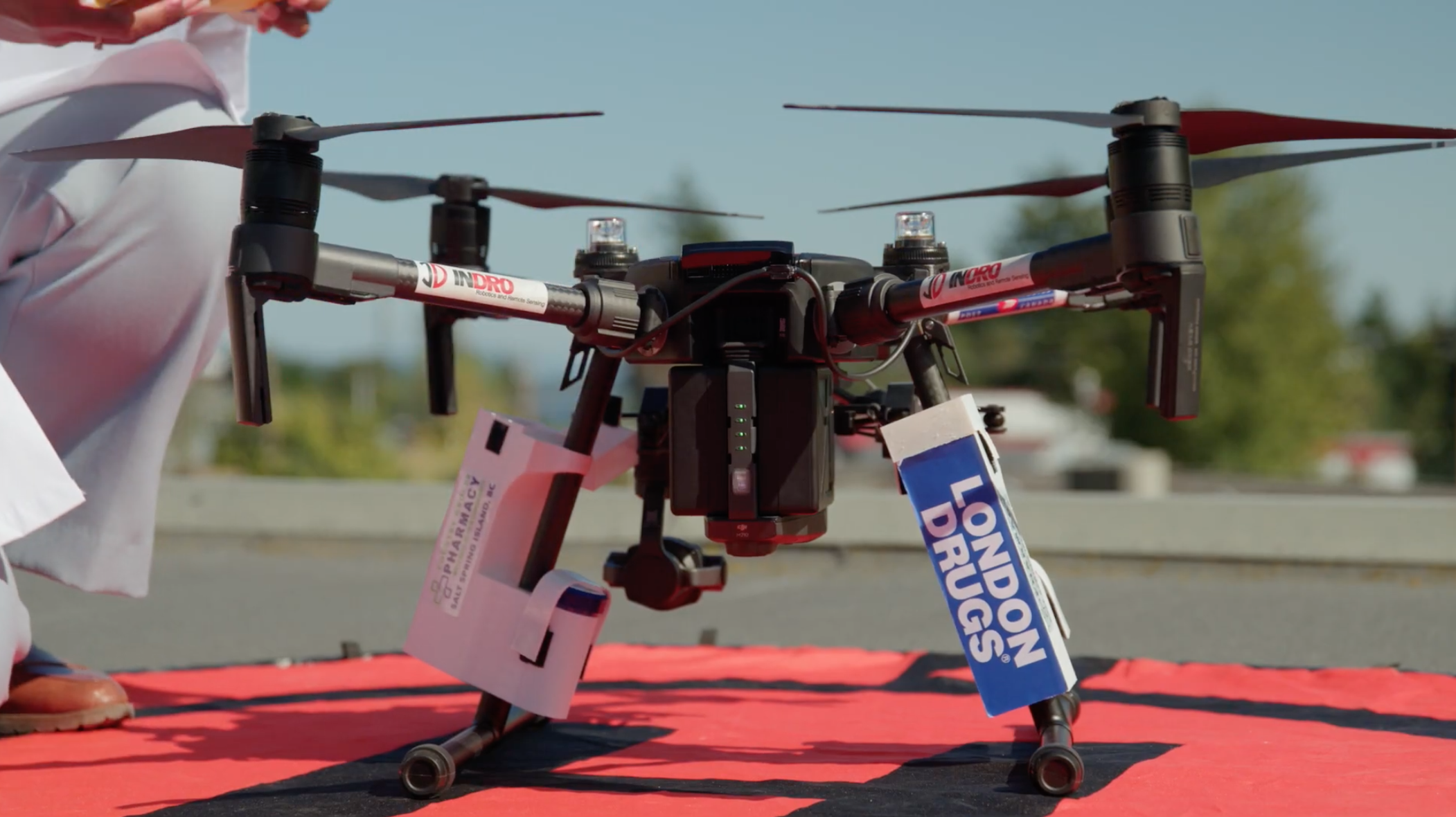
The image above is from trials InDro Robotics carried out with London Drugs, Canada Post, and Country Grocer on Salt Spring Island. We demonstrated how delivering medications can save time – and potentially lives – by getting prescriptions quickly to people in remote communities. In some of these deliveries, the consumer would have had to travel by hours and take ferries to pick up medications that were delivered in minutes. In the case of products like an Epipen, or Narcan (used to save lives during opioid overdoses), minutes and even seconds can count.
In fact, InDro was a Canadian leader in delivering COVID-19 tests by drone, allowing health care providers on an island-based First Nations community to remain at their clinic – rather than travelling a full day to deliver and pick up test kits. (You’ll find our story on this here.)
But while drones can receive regulatory permission for these kinds of remote flights, we’re still some ways off from routine aerial deliveries to consumers in urban areas. The world of Advanced Air Mobility is certainly coming (see our deep dive into the topic here), but the regulatory landscape will take time to ensure that crewed and uncrewed aircraft can routinely (and safely) share the same airspace when it comes to cities.
“We’ve all seen the exciting vision of drones flying packages right to your doorstep, but in many cases it’s not the best solution,” explains InDro Robotics CEO Philip Reece.
“Ground robots can bring many of the same solutions with no impact on airspace – and due to their compact size they can utilize existing infrastructure. I’m confident in the future we’ll see drones and ground robots enabling delivery by working in unison, but that will take some time.”
And that brings us to UGVs, or Uncrewed Ground Vehicles. Specifically, an InDro-developed delivery product we call ROLL-E.
ROLL-E delivers
ROLL-E has been designed by InDro’s engineering team to be part of the Last Mile solution. And there are very specific reasons why the company has chosen to develop this product.
First of all, UGVs are not subject to the same regulatory framework as aerial vehicles, so UGVs can be deployed in urban centres now. In fact, a company called Tiny Mile is already delivering meals in Toronto with its “Geoffrey” platform – and was just featured in this McLean’s magazine article. Though Geoffrey gets a lot of attention from curious pedestrians, this kind of delivery will become commonplace in the years to come. Plus, as noted earlier, we’re in an era of unprecedented global demand for deliveries – coupled with mounting concern over the environment and greenhouse gas emissions. The time is right for a green and efficient solution.
And that’s where ROLL-E fits in.

ROLL-E is built on the AgileX Scout 2.0 platform. But that’s only the beginning. While platforms like the rugged and reliable Scout are great, they require software and hardware – and generally a lot of tweaking – to transform them into fully-functioning robots.
We did that by integrating another InDro innovation that we call ROS-IN-A-BOX, or RIAB. You can read all about RIAB here, but the key point is that it’s a hardware/software solution that relieves the end user of the tedious task of integrating the Robot Operating System software, plus any other hardware or sensors (such as cameras), and getting them all to work properly together.
With RIAB built in to ROLL-E, the customer has a solution onboard that will allow them to begin running remote deliveries via cellular connection. They simply drive ROLL-E using a gaming controller while watching its path, in real-time, from a remote location via a browser-based console.
Simple to operate
ROLL-E is a snap to operate – whether you’re across town or across the country. (In fact, during one recent internal company demo, an InDro employee who had zero background with ROLL-E operated a mission at our Area X.O location in Ottawa from her home in Vancouver.)
“UGVs have lower barriers to entry than UAVs for deliveries,” explains Luke Corbeth, an InDro Account Executive specializing in UAV and UGV solutions with a specific focus on delivery.
“They can be setup and deployed quickly, don’t require certified operators and have notably less regulations – this means deliveries can happen anytime at a moment’s notice.”
And throughout the delivery, the robot operator can see what ROLL-E sees, in real-time. The screengrab below was taken from the console while running a demo at our Area X.O facility in Ottawa.
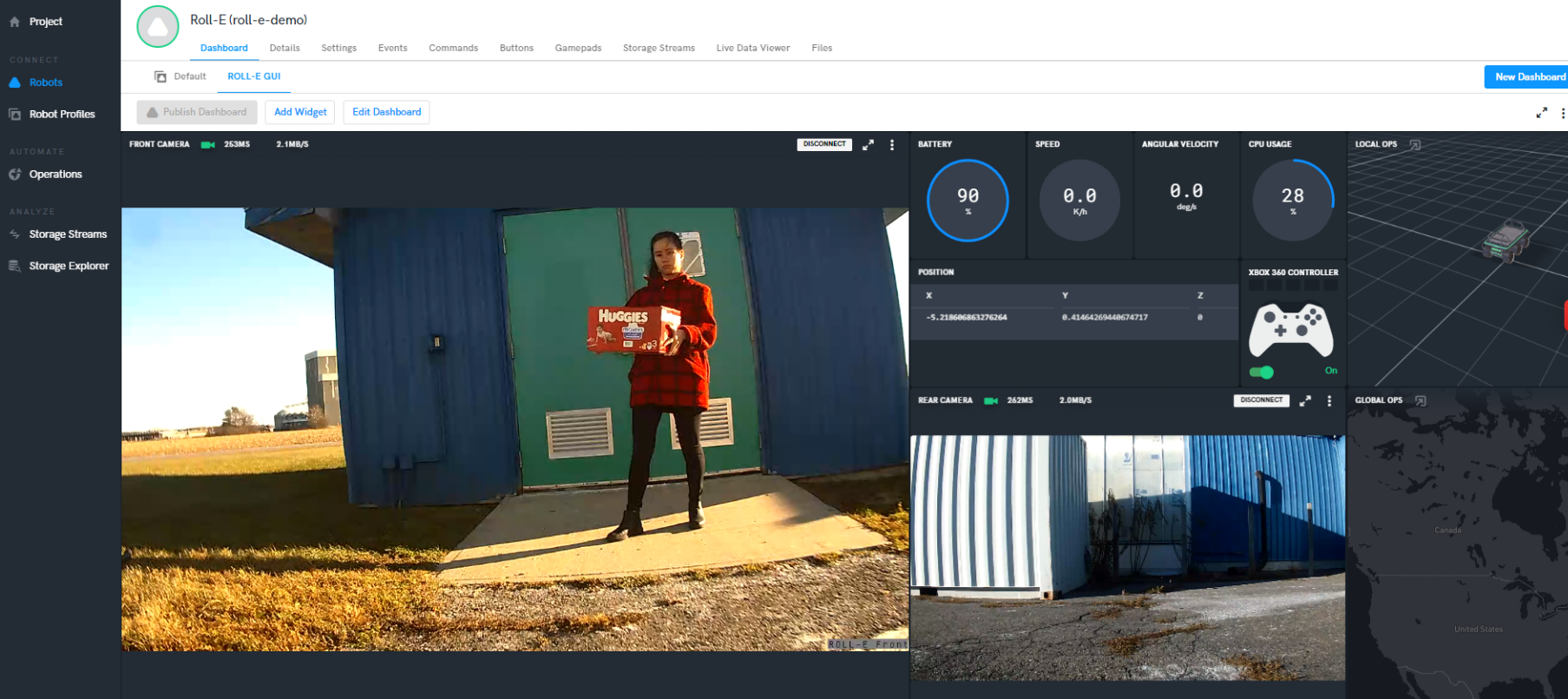
With ROLL-E’s ample and insulated storage, its top compartment can be divided in two, allowing (for example) for the shipment of frozen goods on one side of the center divider, with non-refrigerated goods on the other. Or, in cases with larger objects, the divider can be removed entirely. This is InDro’s second-generation ROLL-E.
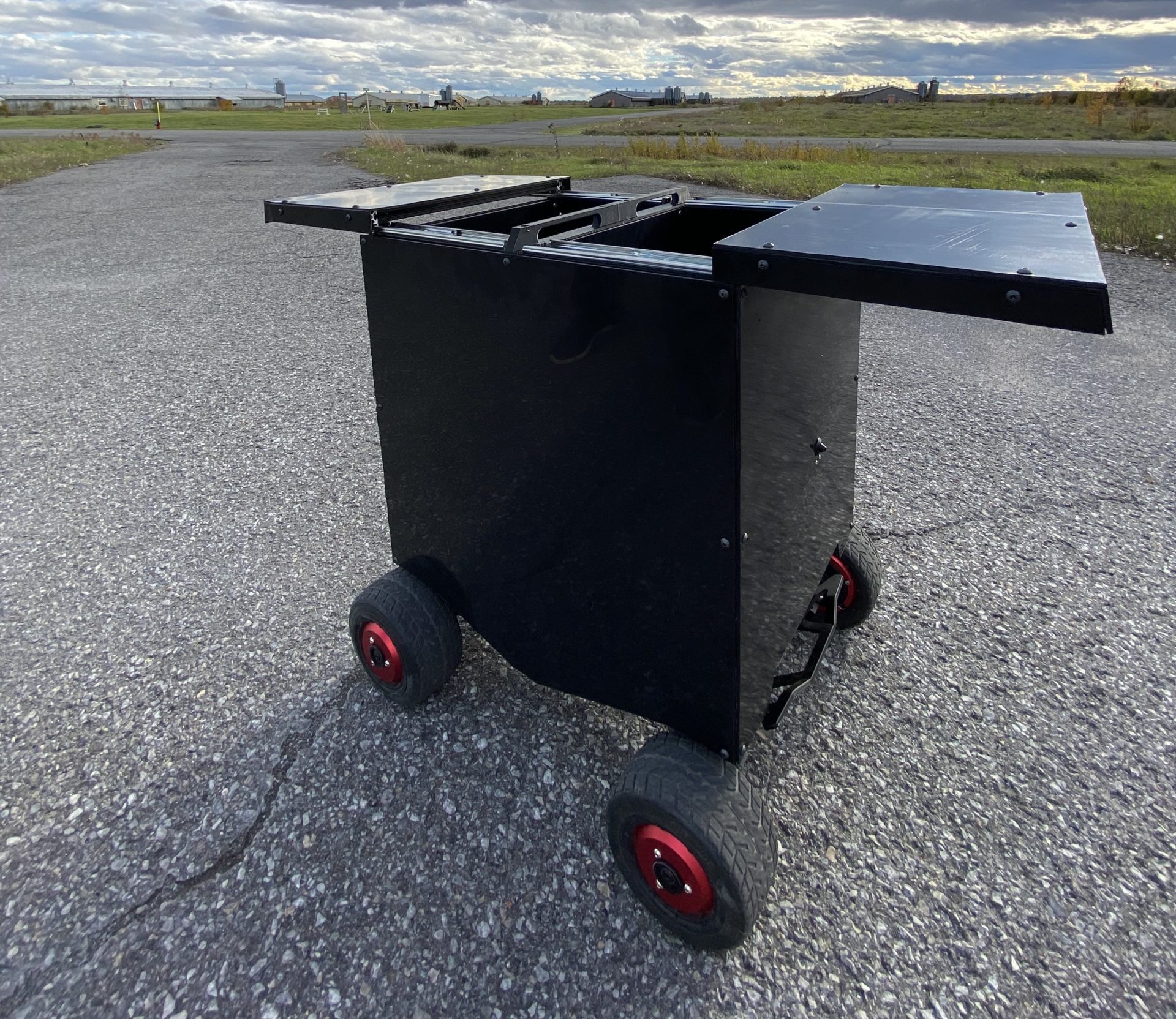
Accessible, but not autonomous
As noted, ROLL-E requires a human operator with eyes on the road. And while ROS-in-a-BOX platforms are AI capable, this is not an autonomous vehicle.
“It’s critical that it’s not misconstrued as autonomous in any way,” says Engineering Manager Arron Griffiths. “ROS-in-a-BOX is autonomous capable – it has the capacity to put autonomous software on it. But the real core advantage here is the ability to carry teleoperation over 4G and 5G networks.”
In other words, as long as there’s a cellular network at each end, ROLL-E can be operated remotely from anywhere.
That doesn’t mean, of course, that InDro won’t make a fully autonomous product using a LiDAR sensor, SLAM (Simultaneous Localization And Mapping) and obstacle avoidance down the road. It simply means that for this road, ROLL-E is ready to go.
And – seriously – you could learn how to operate it in an hour. (It also features wireless charging, so no plugging in or battery removal required.)
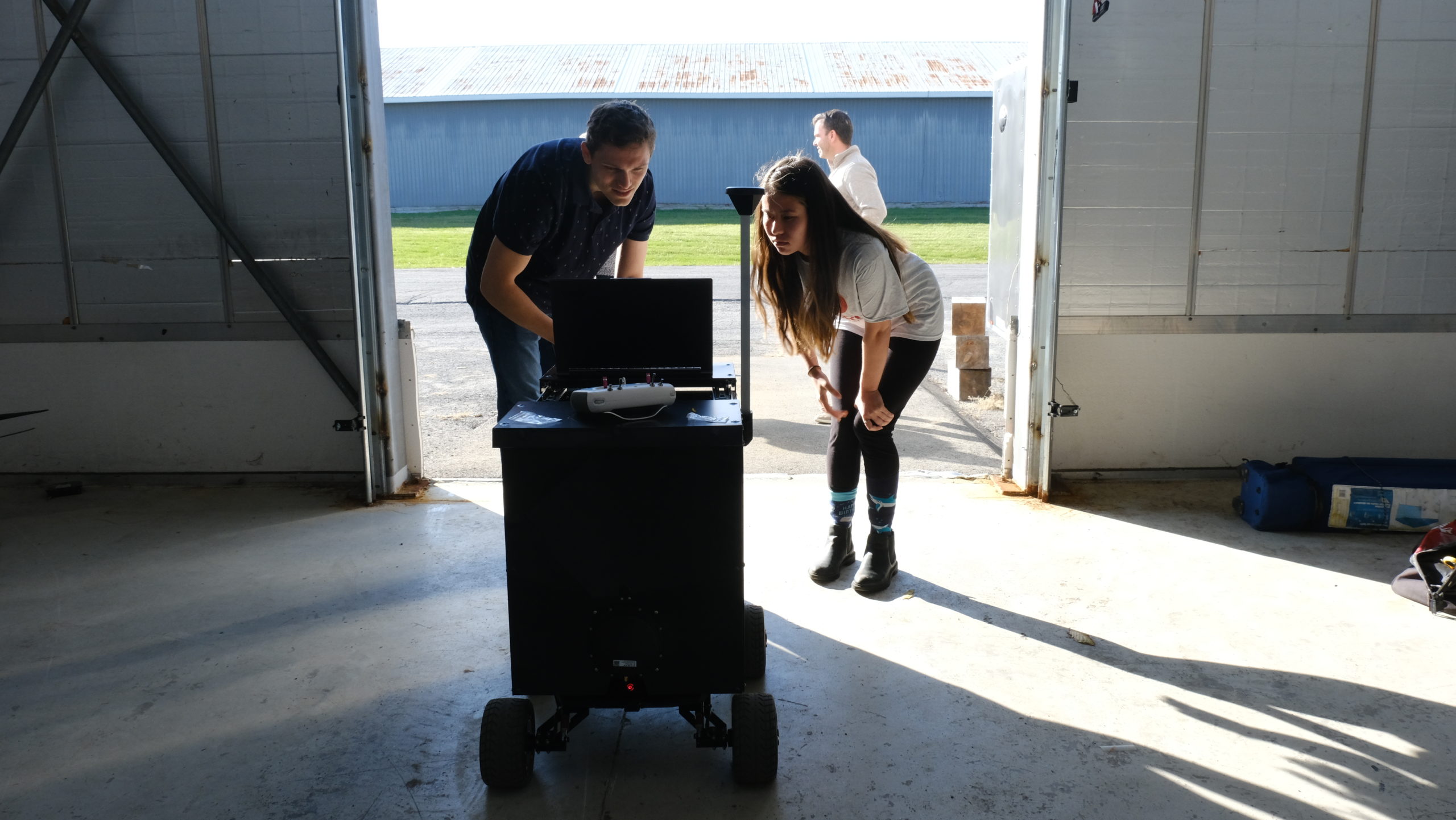
Building simple solutions
That concept, of doing the heavy technical lifting so that end-users can deploy a simple and pain-free solution, is at the core of InDro’s R&D philosophy: Build innovative things that work reliably and are easy for the end-user to operate.
“We develop specialized robotic solutions for our customers so they can do what they do best and then simply add our solution on to their existing transportation options,” says Philip Reece.
“InDro looks to make using ground robots easy. Working together we can make the end customer experience easier, more convenient and even fun. Who wouldn’t want their groceries delivered right to their door by a friendly robot?”
Or anything else, for that matter.
InDro’s view
Robots are already beginning to play a role in the Last Mile solution. This is particularly true in China, where robotic vehicles making deliveries are becoming commonplace in cities like Shenzhen. And they’re already making inroads in North America, with even Amazon running trials.
Like ROLL-E, the Amazon robot has been designed to make Last Mile deliveries more efficient, while using current infrastructure (sidewalks, crosswalks, even paths through parks) without being obtrusive.
Products like ROLL-E will play a significant role in the future both by delivering securely and safely – and helping to ease the burden of that last, critical mile.
If you’re interested in what ROLL-E might do for your company, you can get more information (and possibly even drive it remotely!) by contacting Luke Corbeth here.

